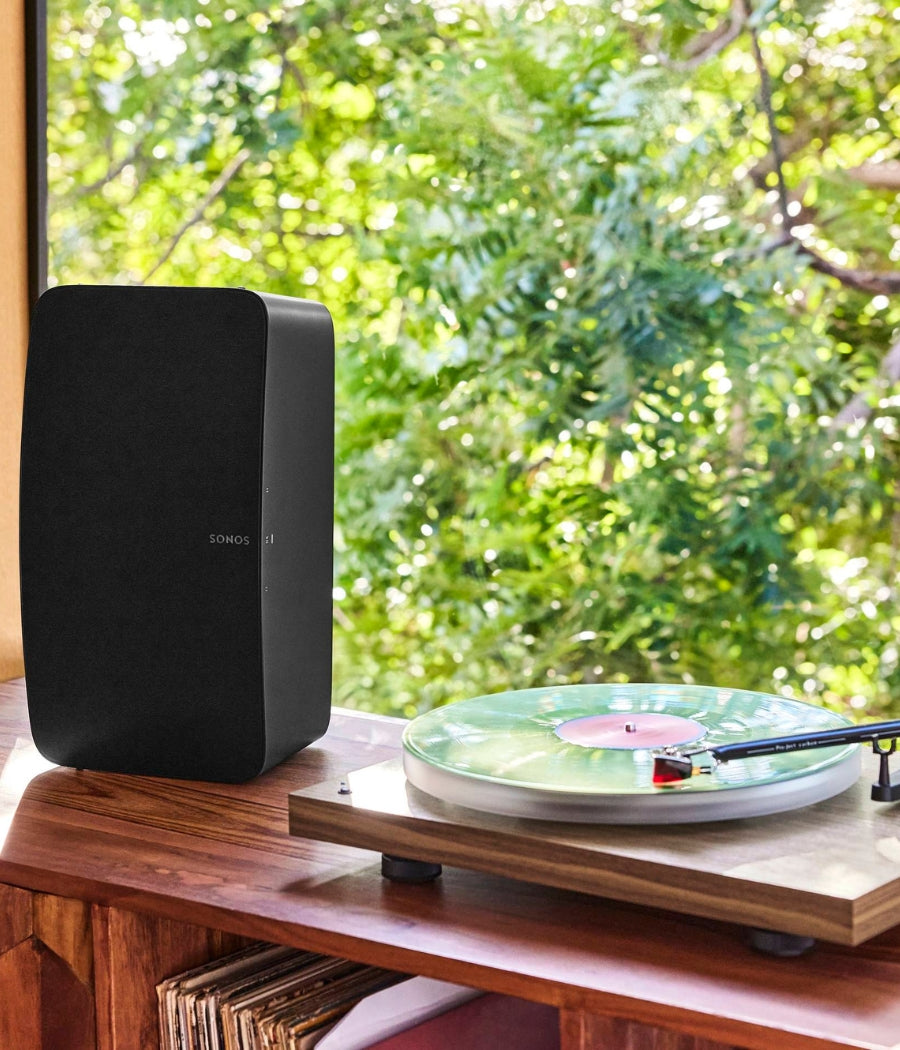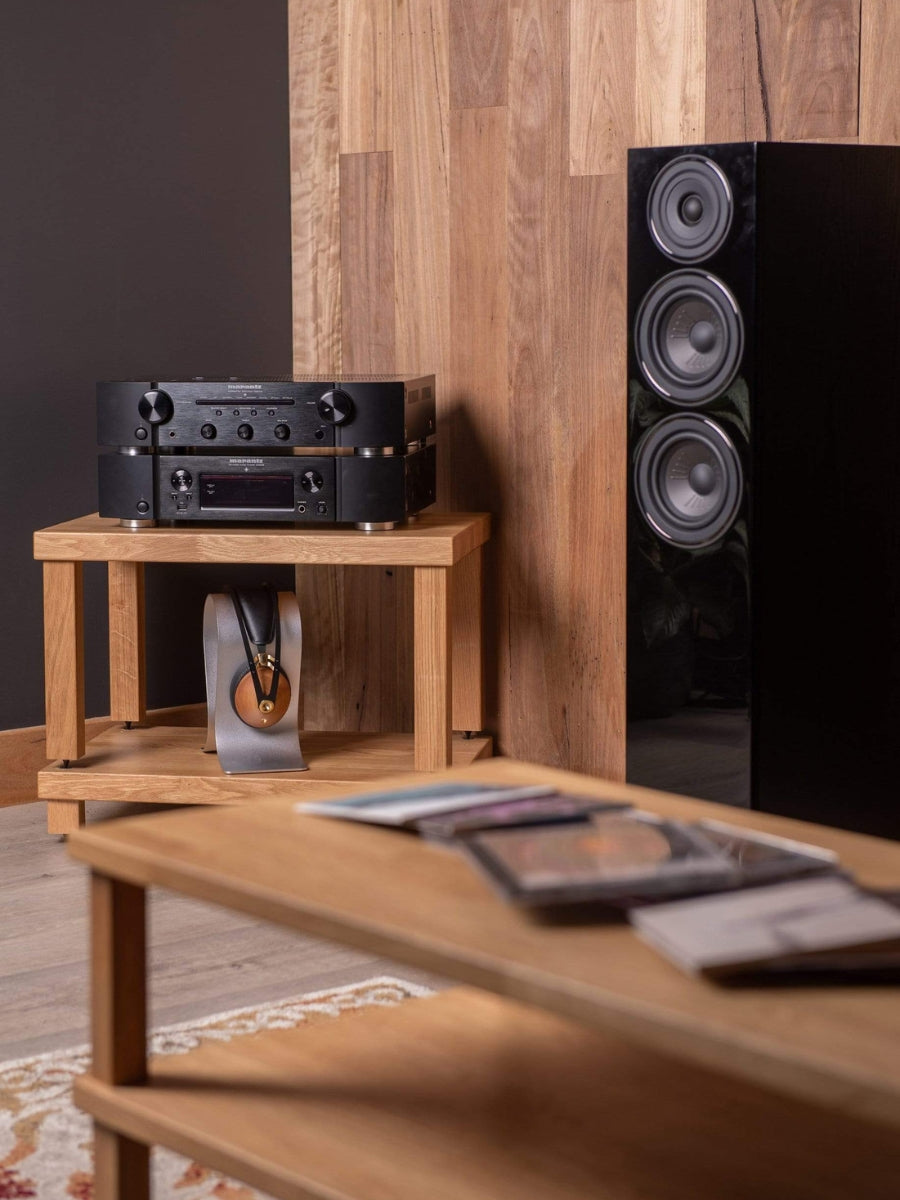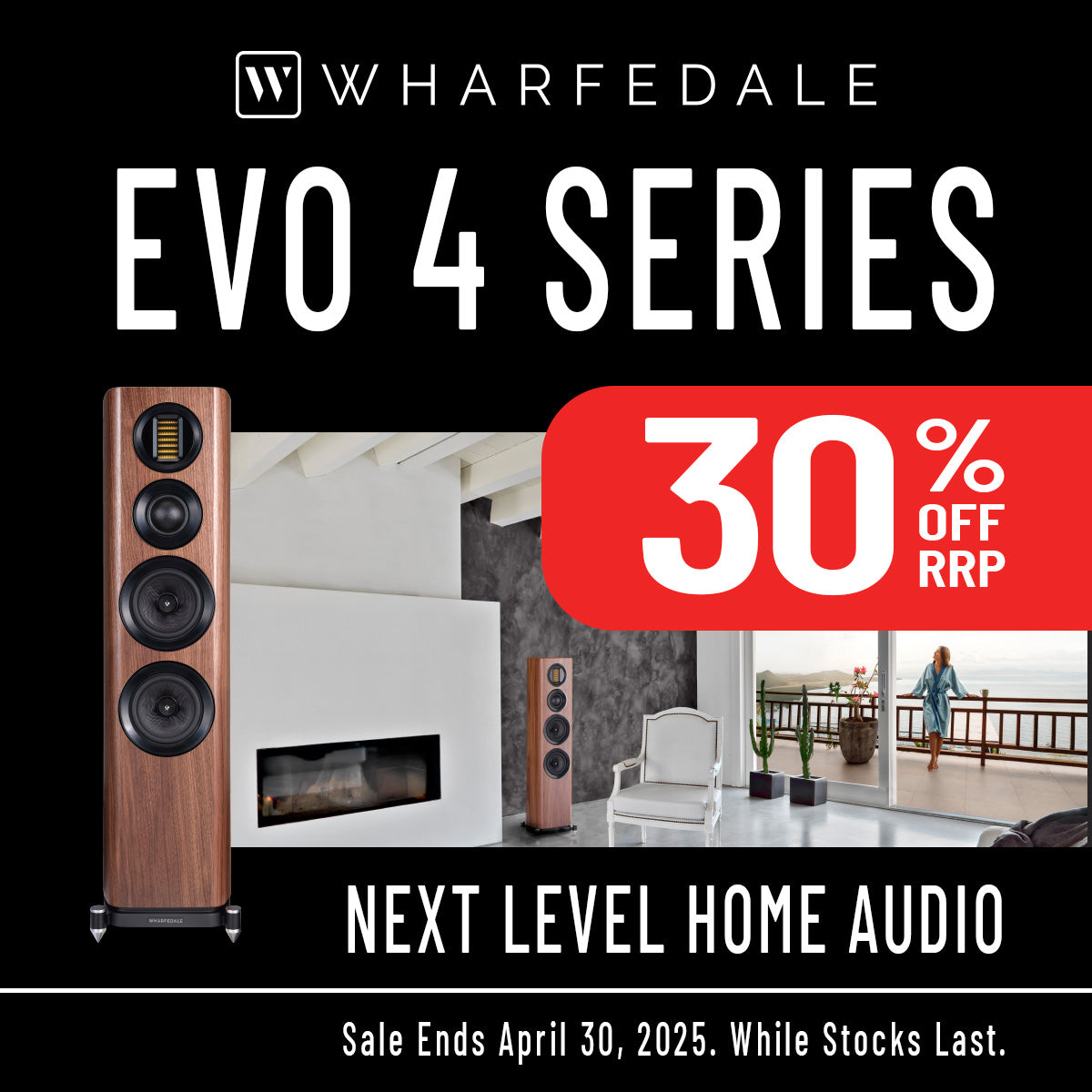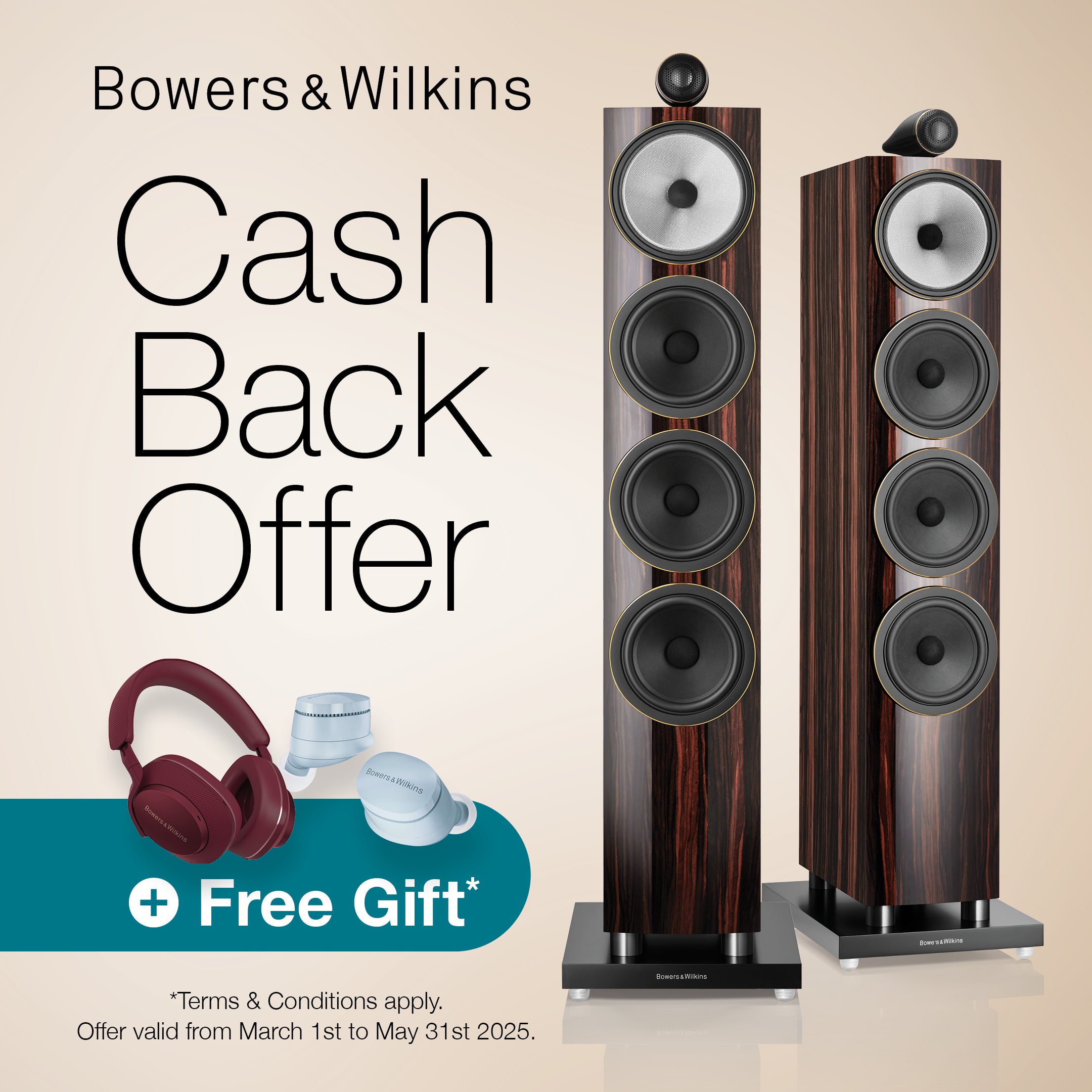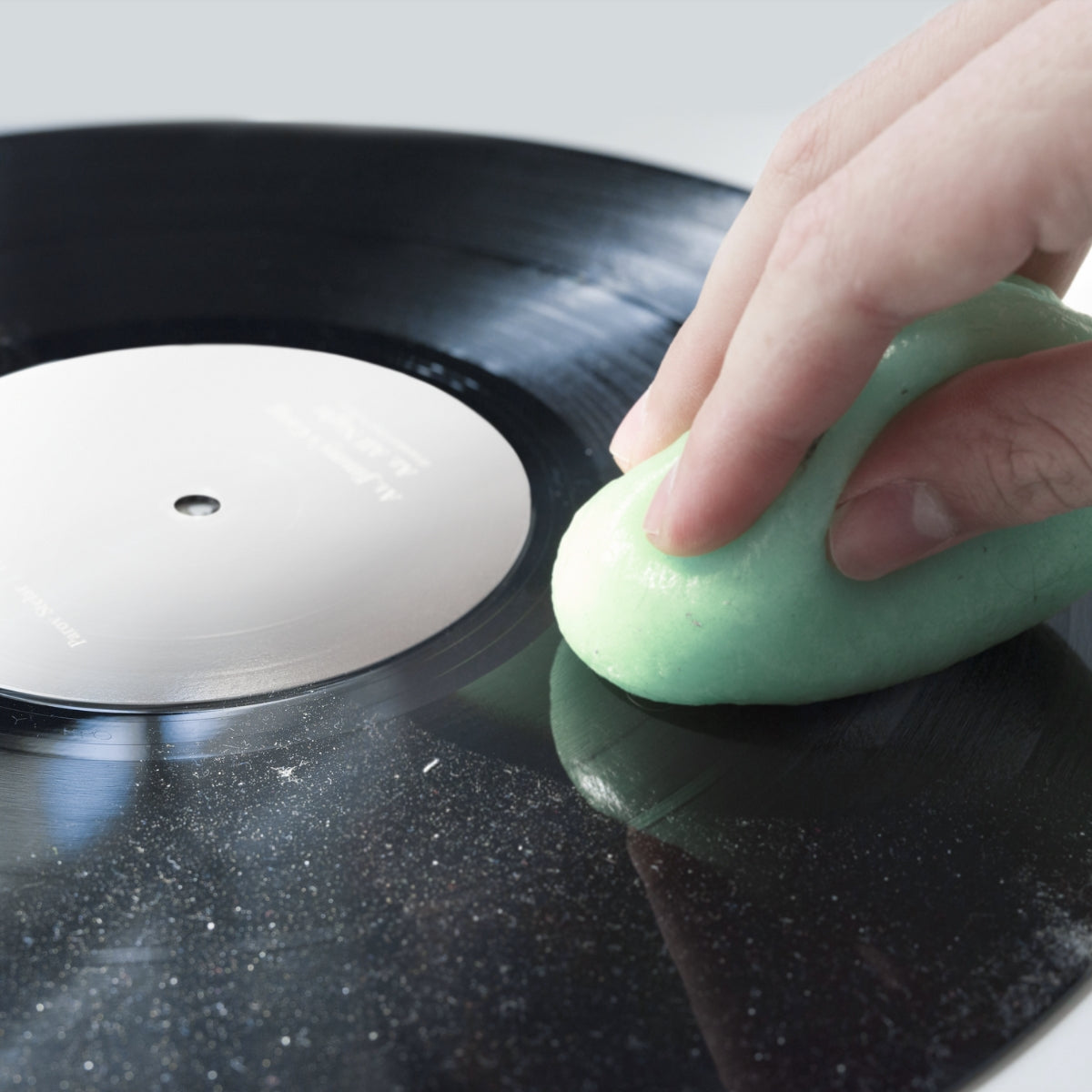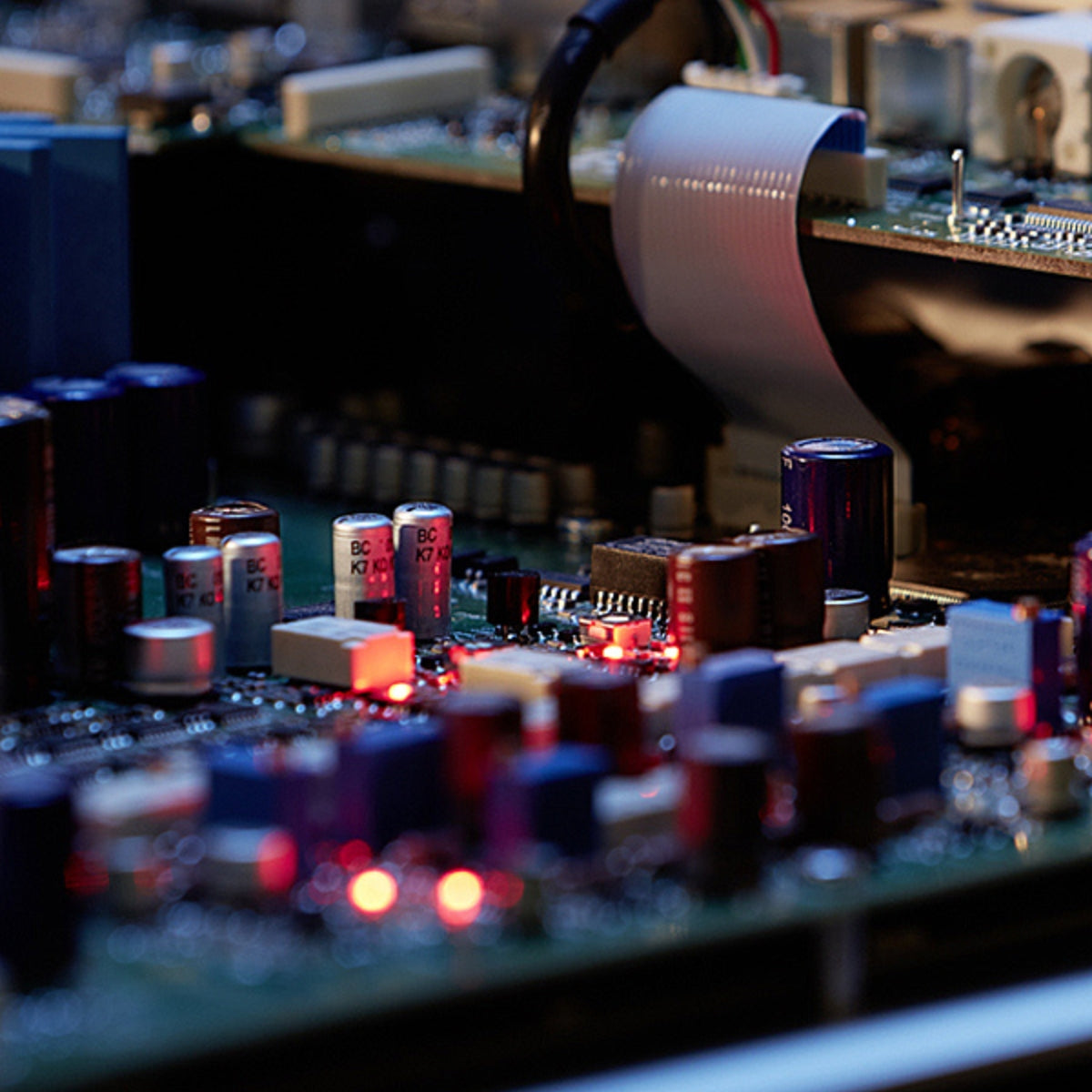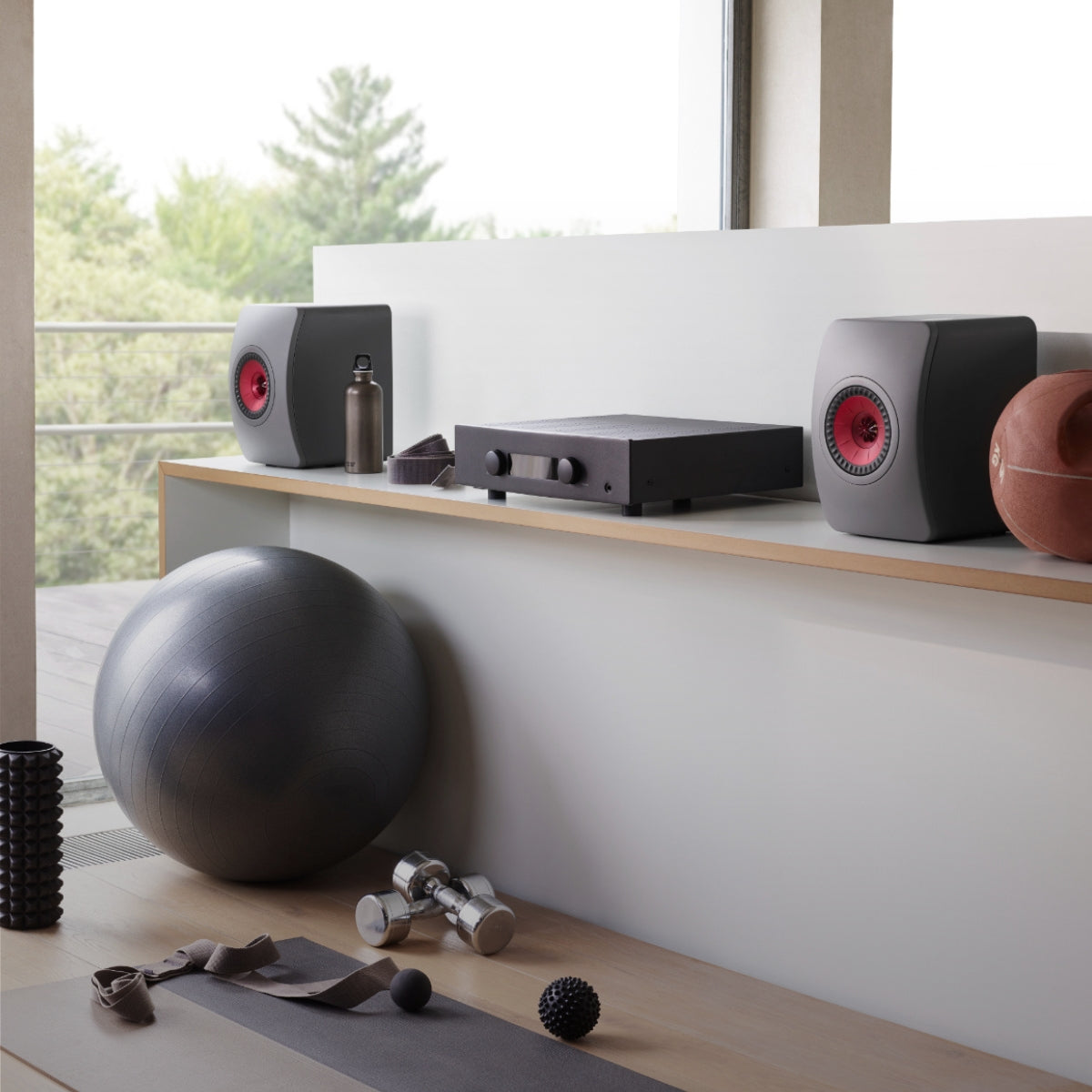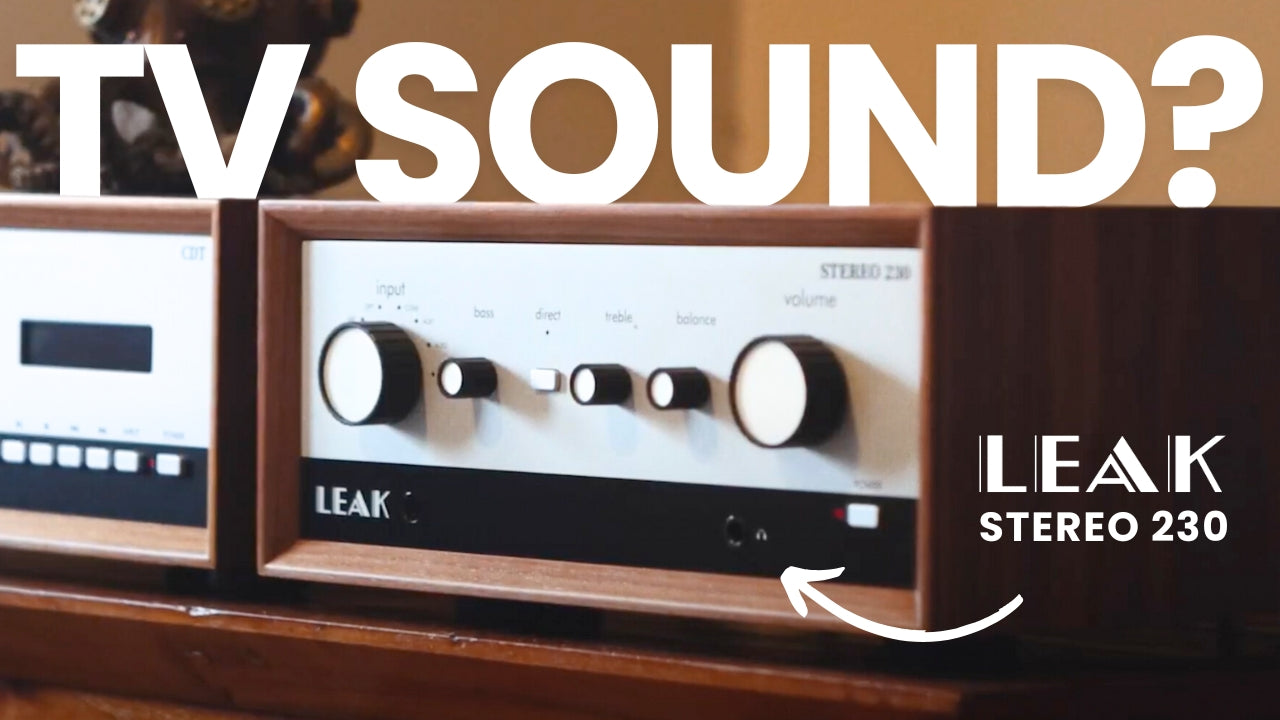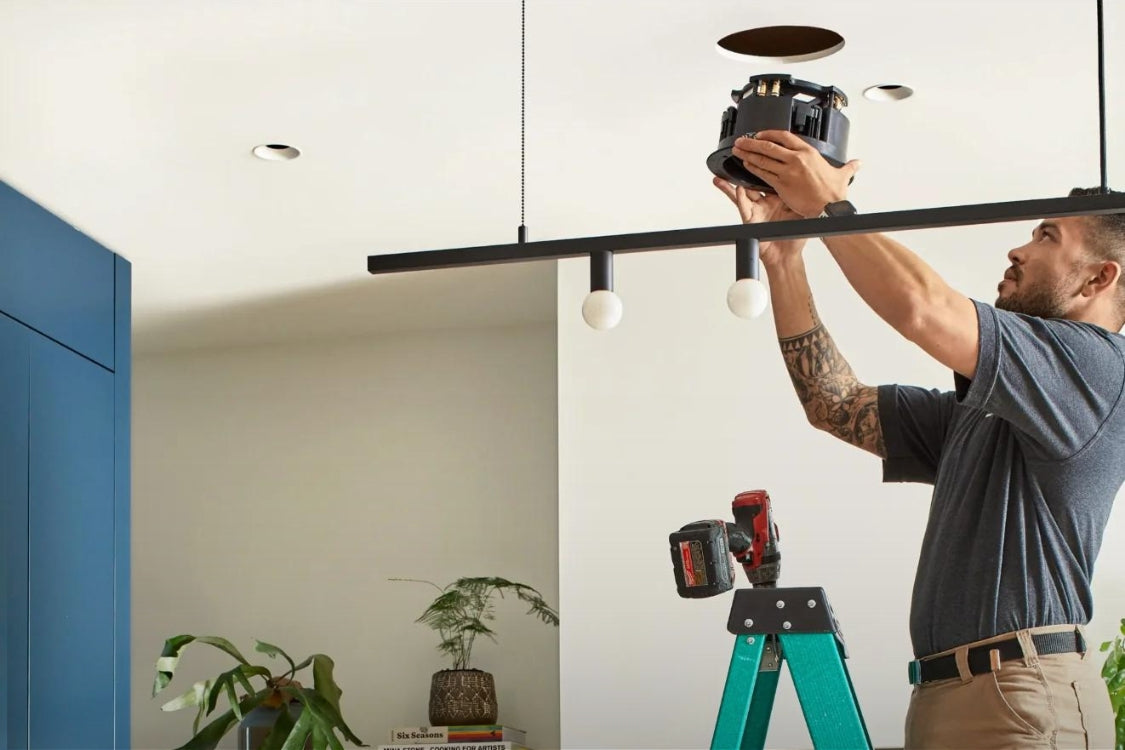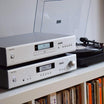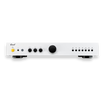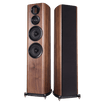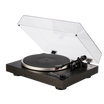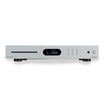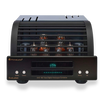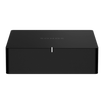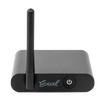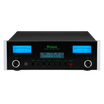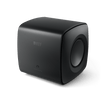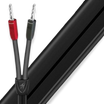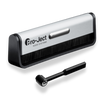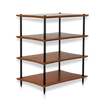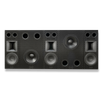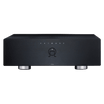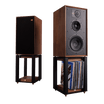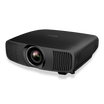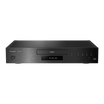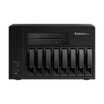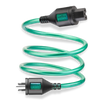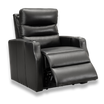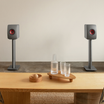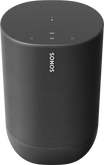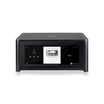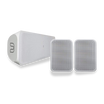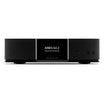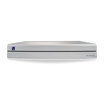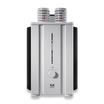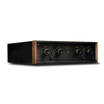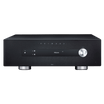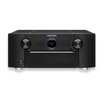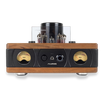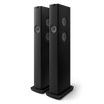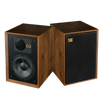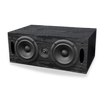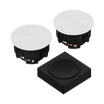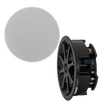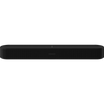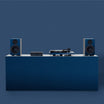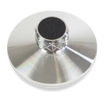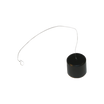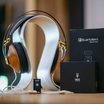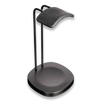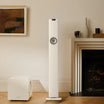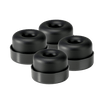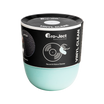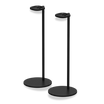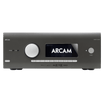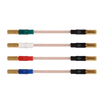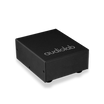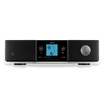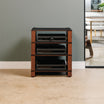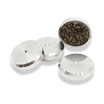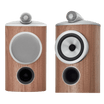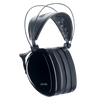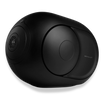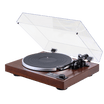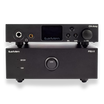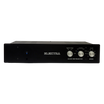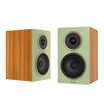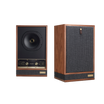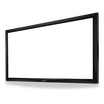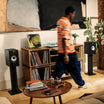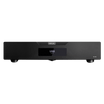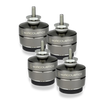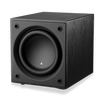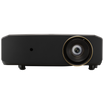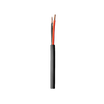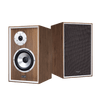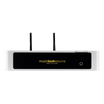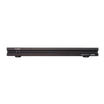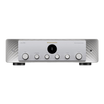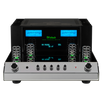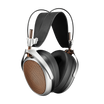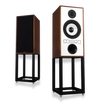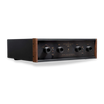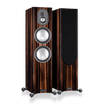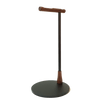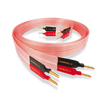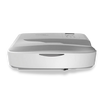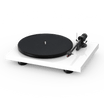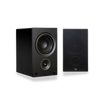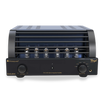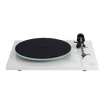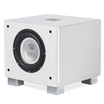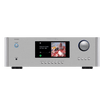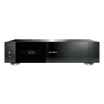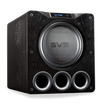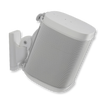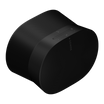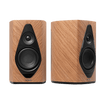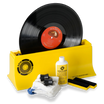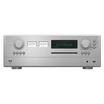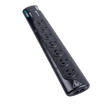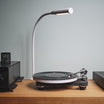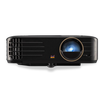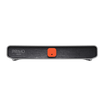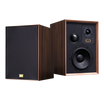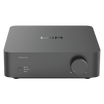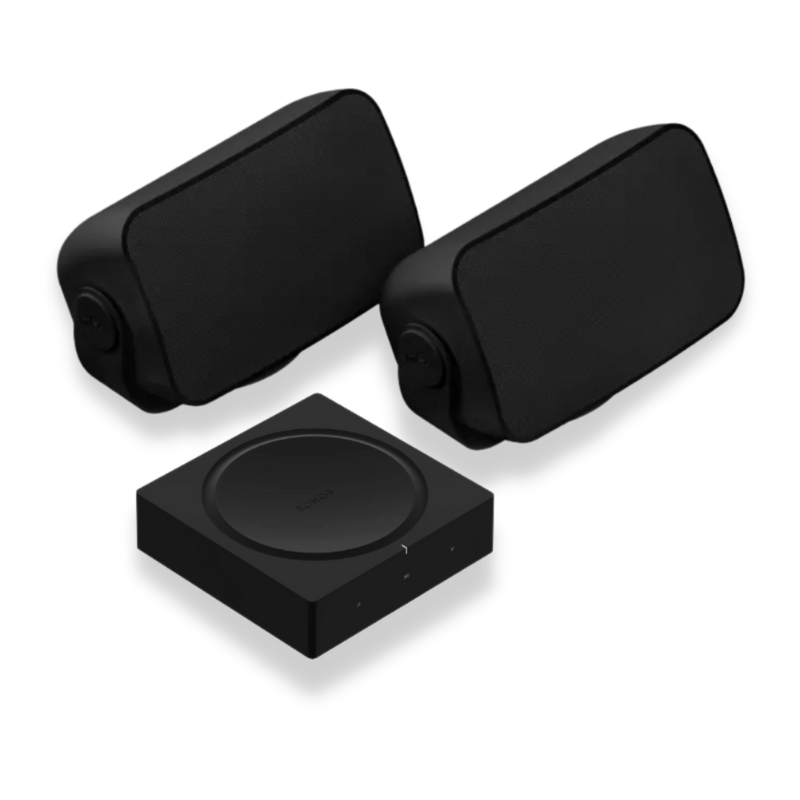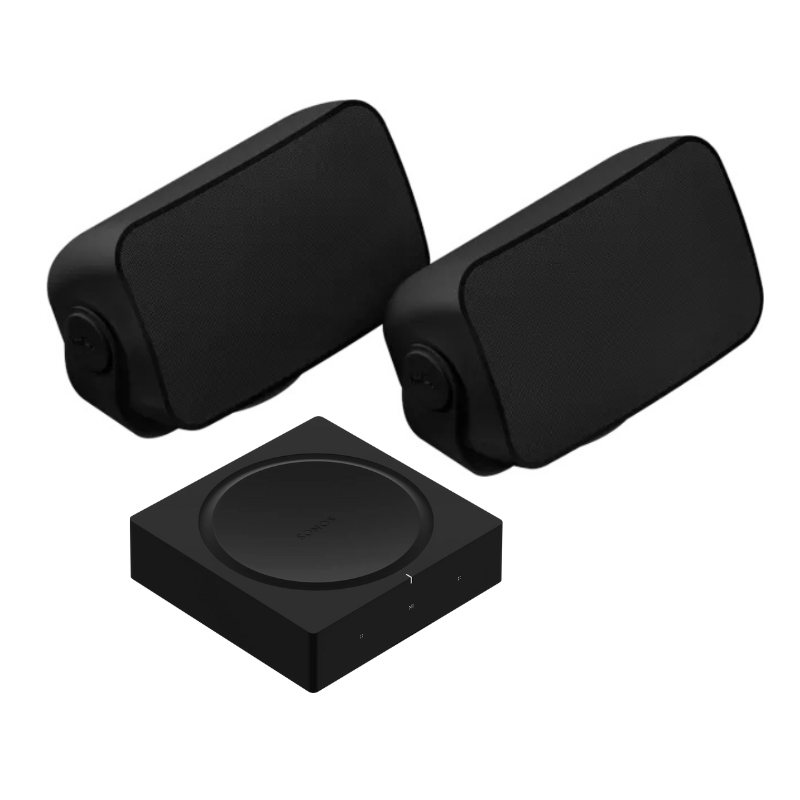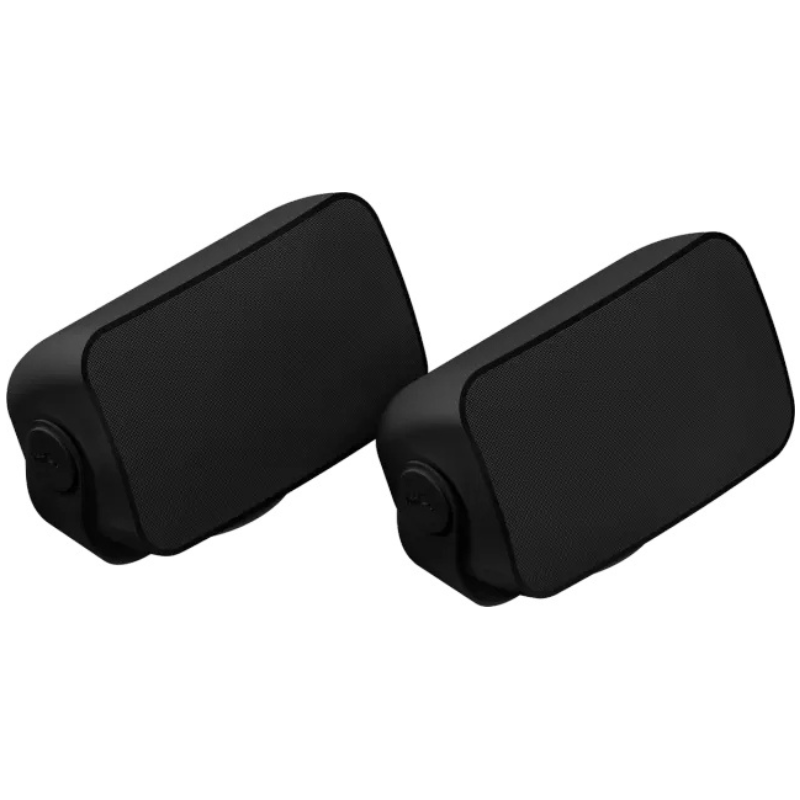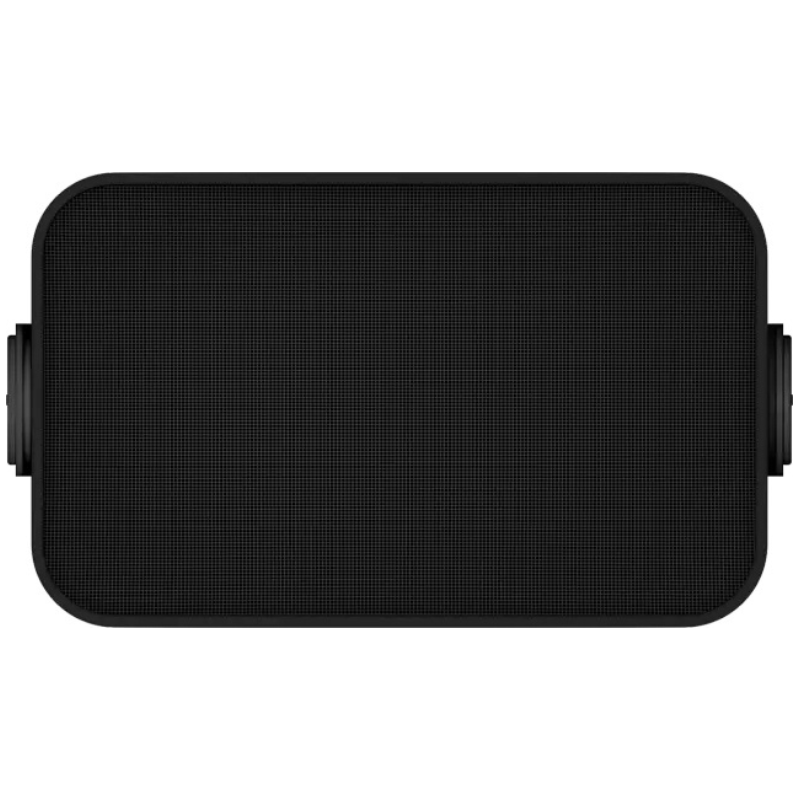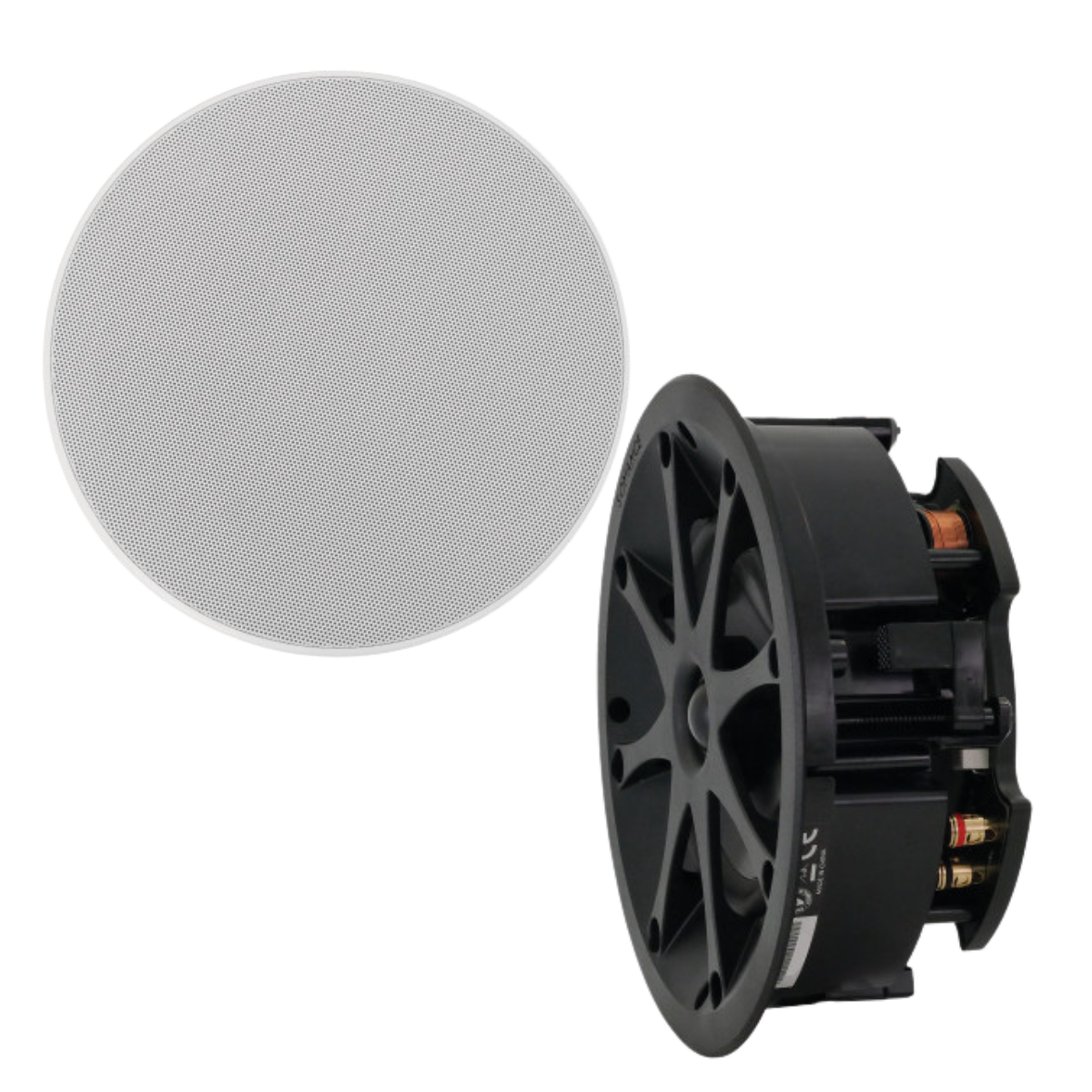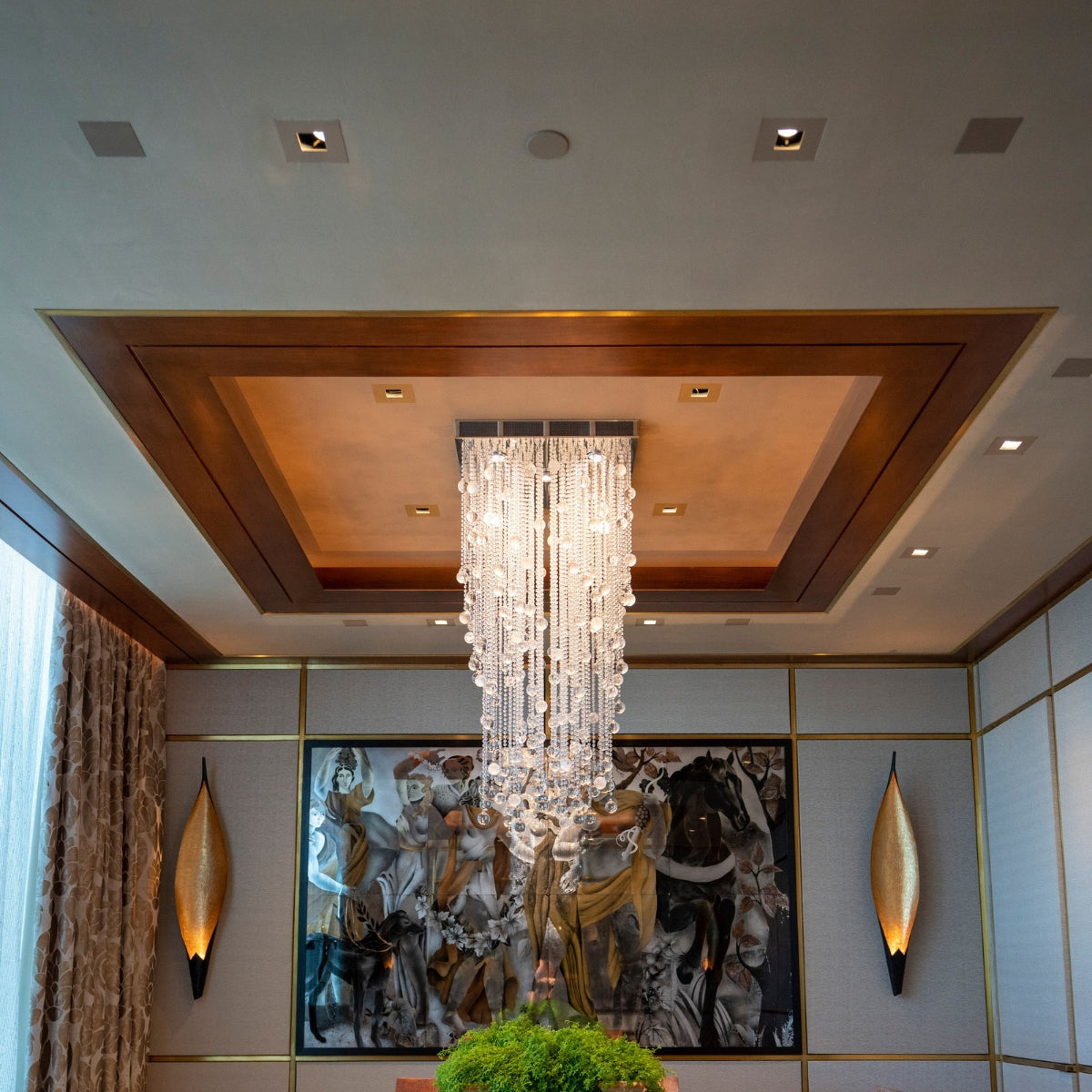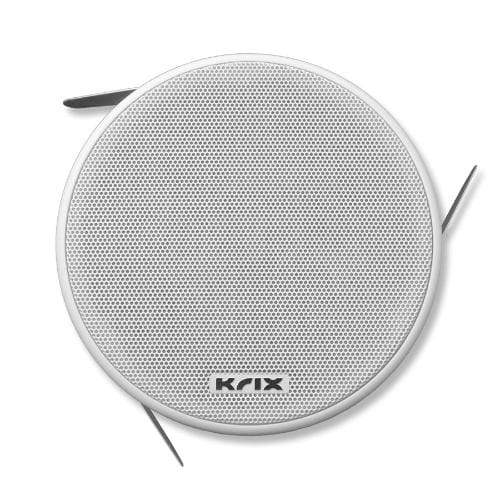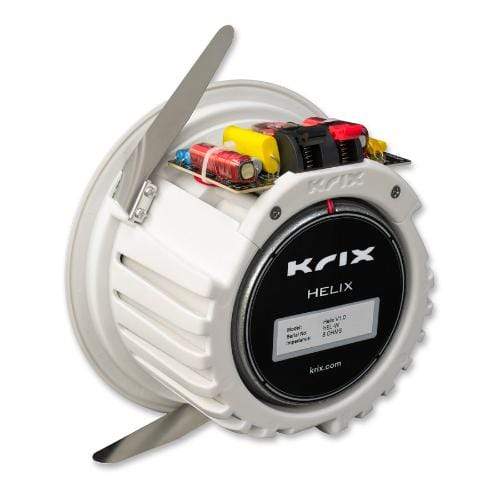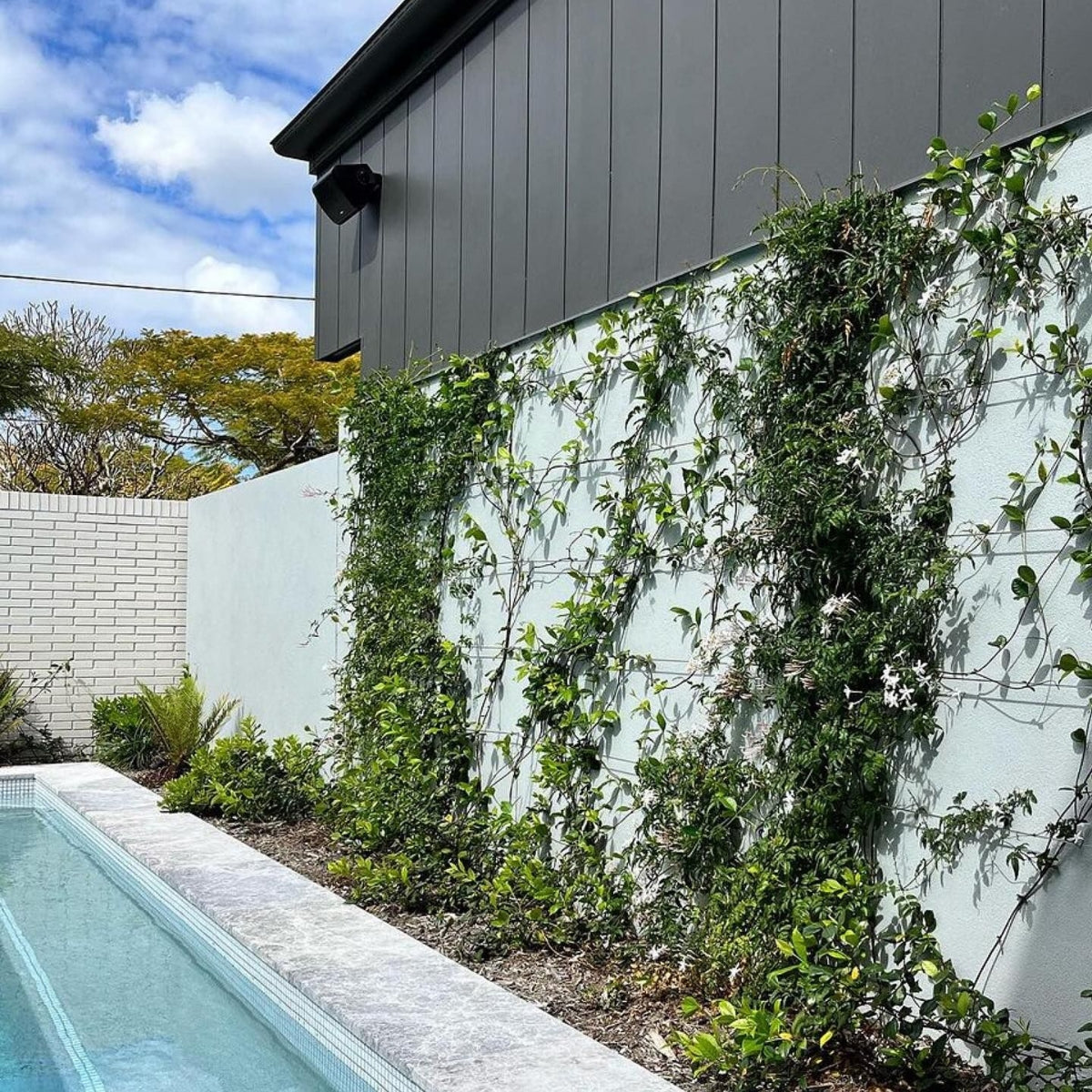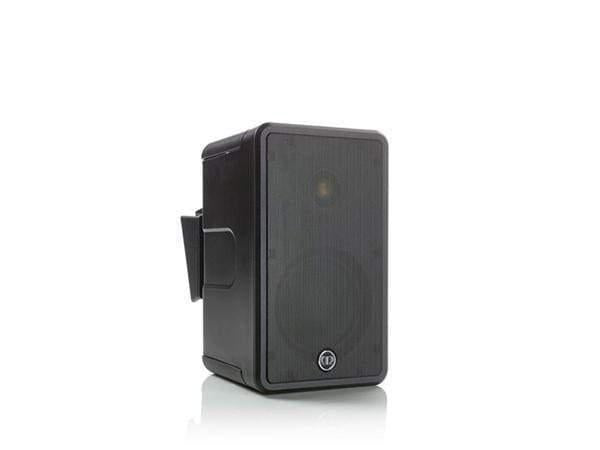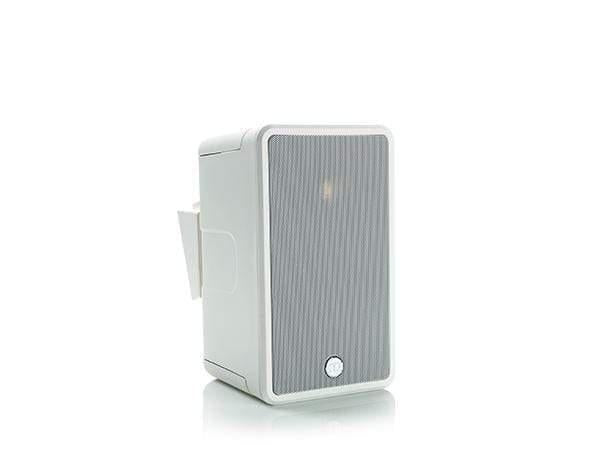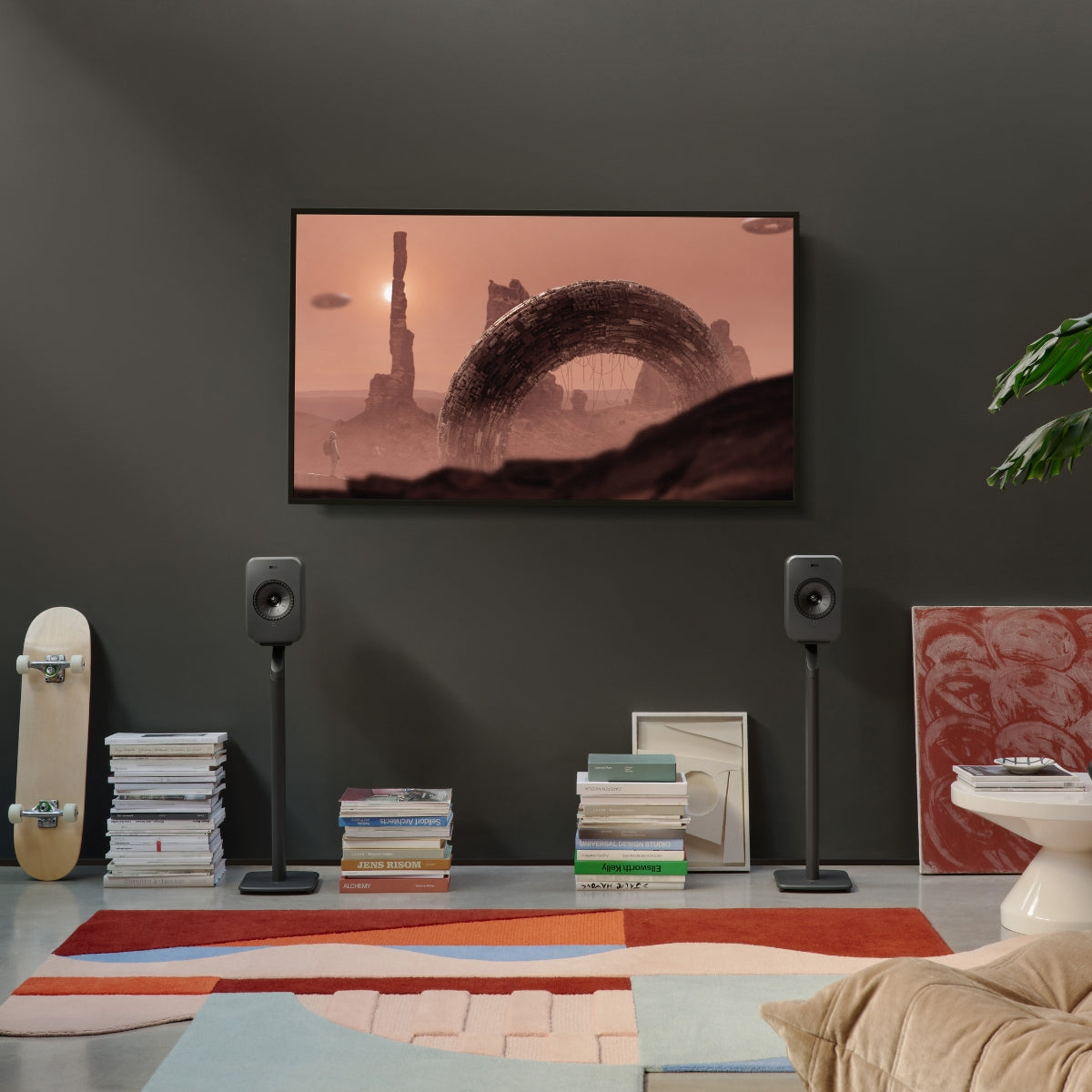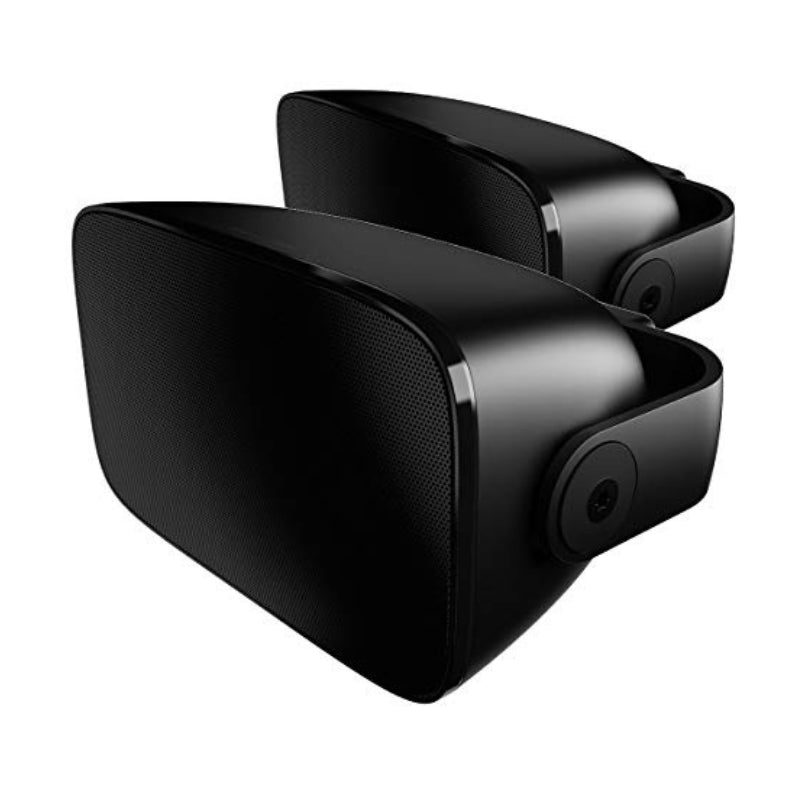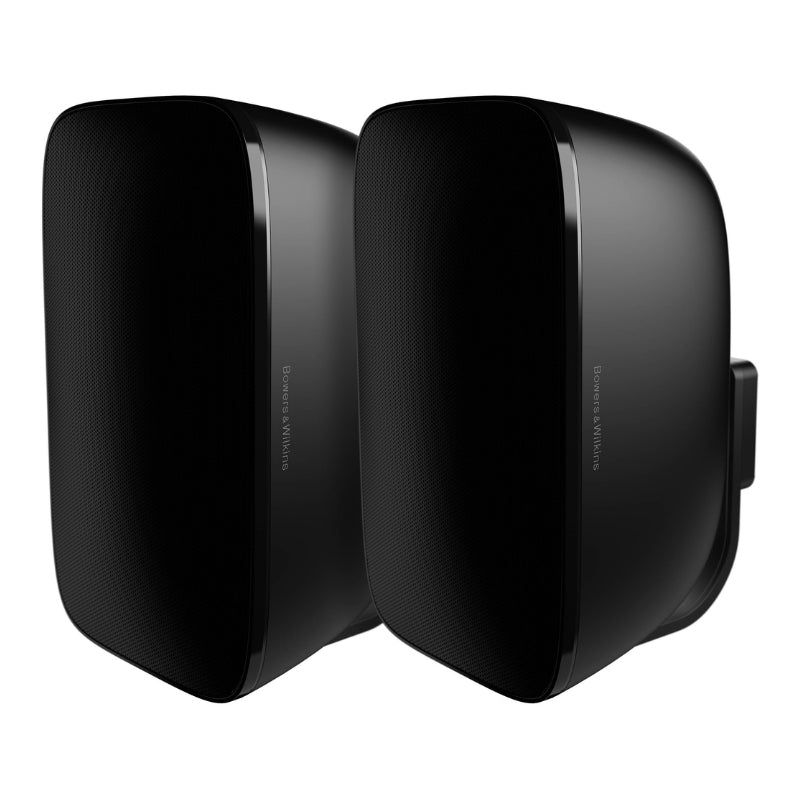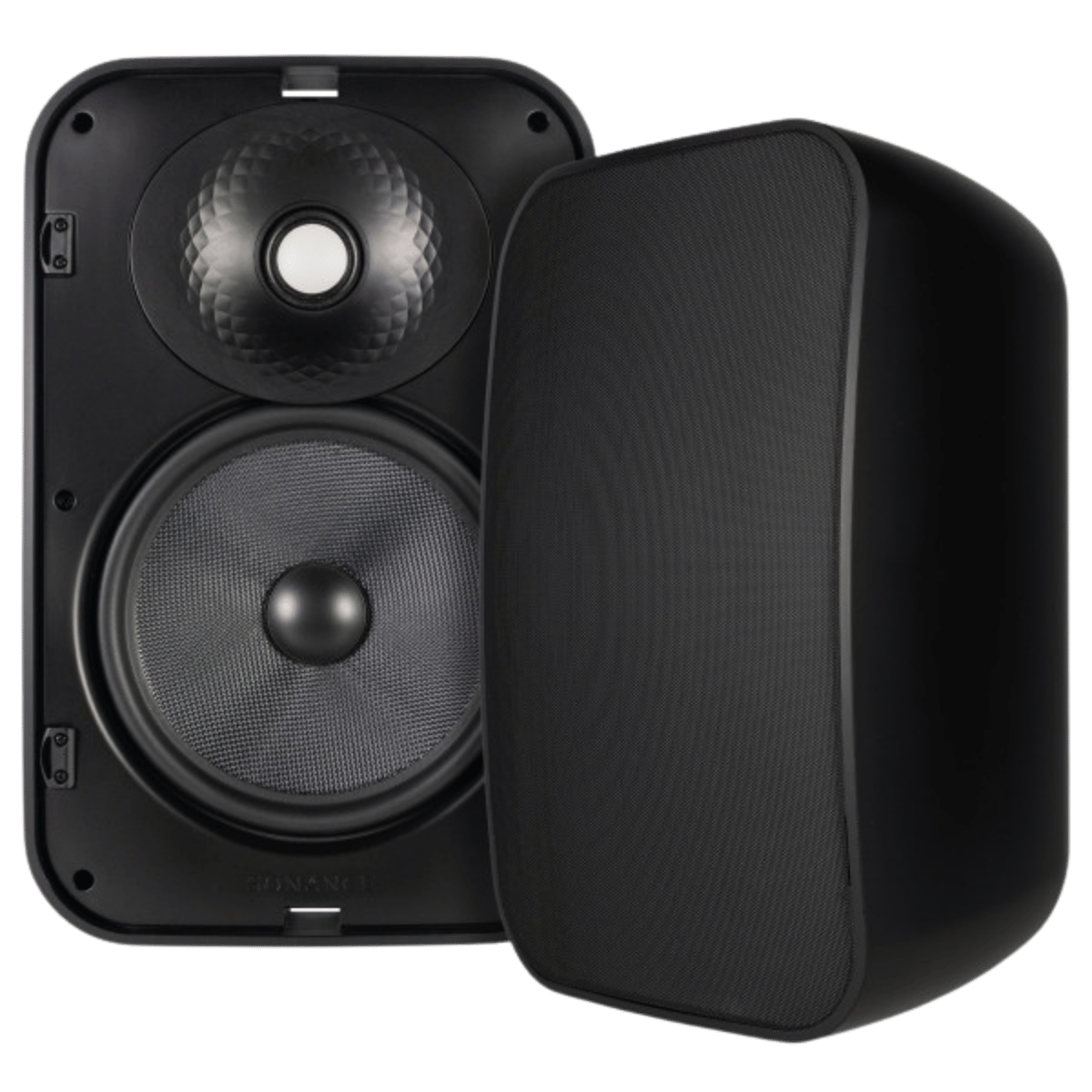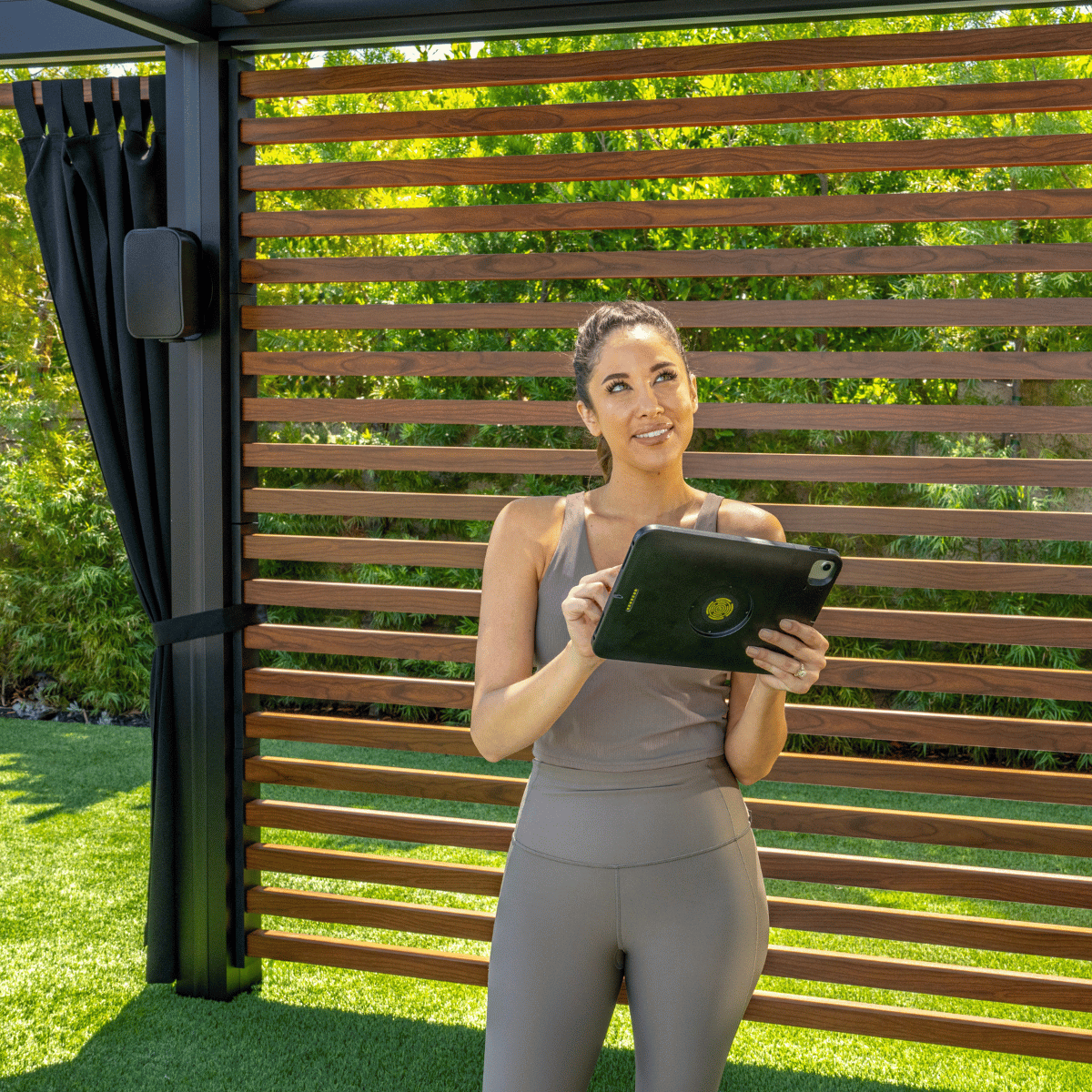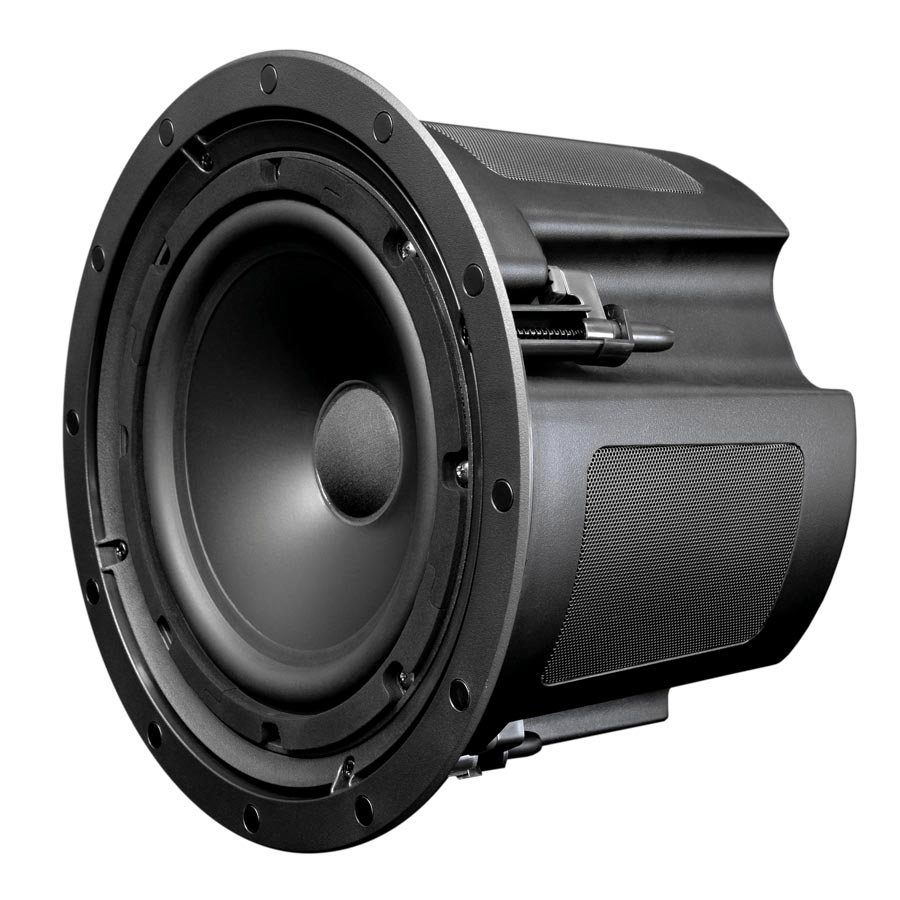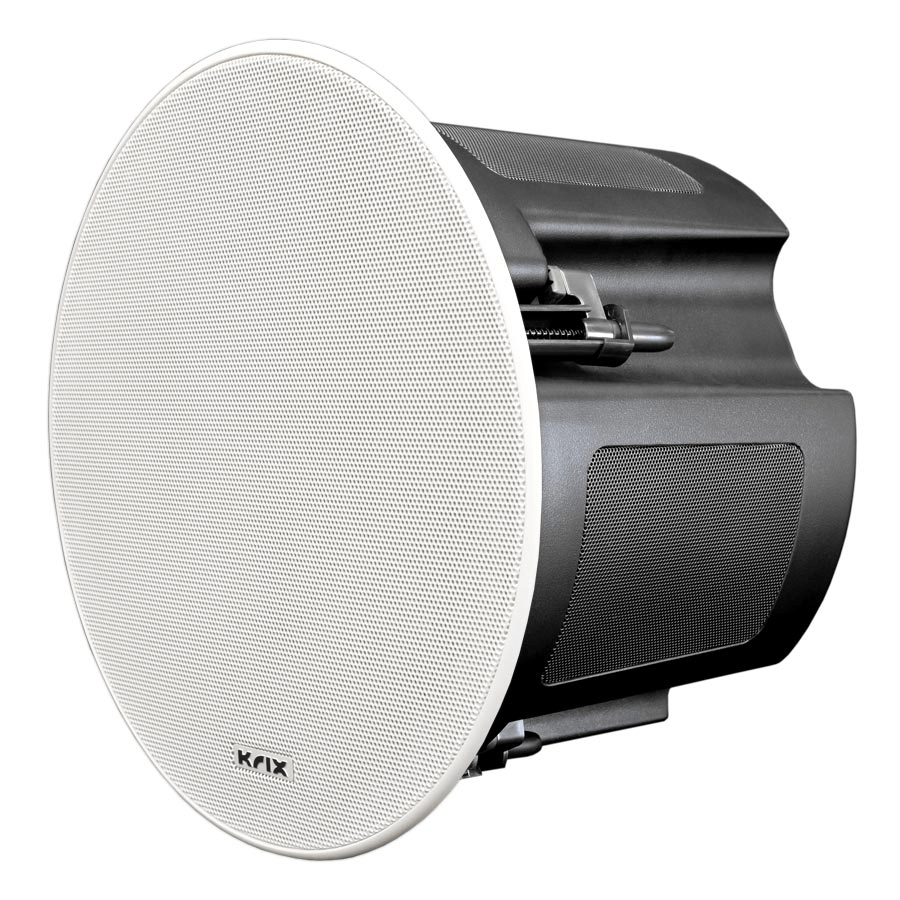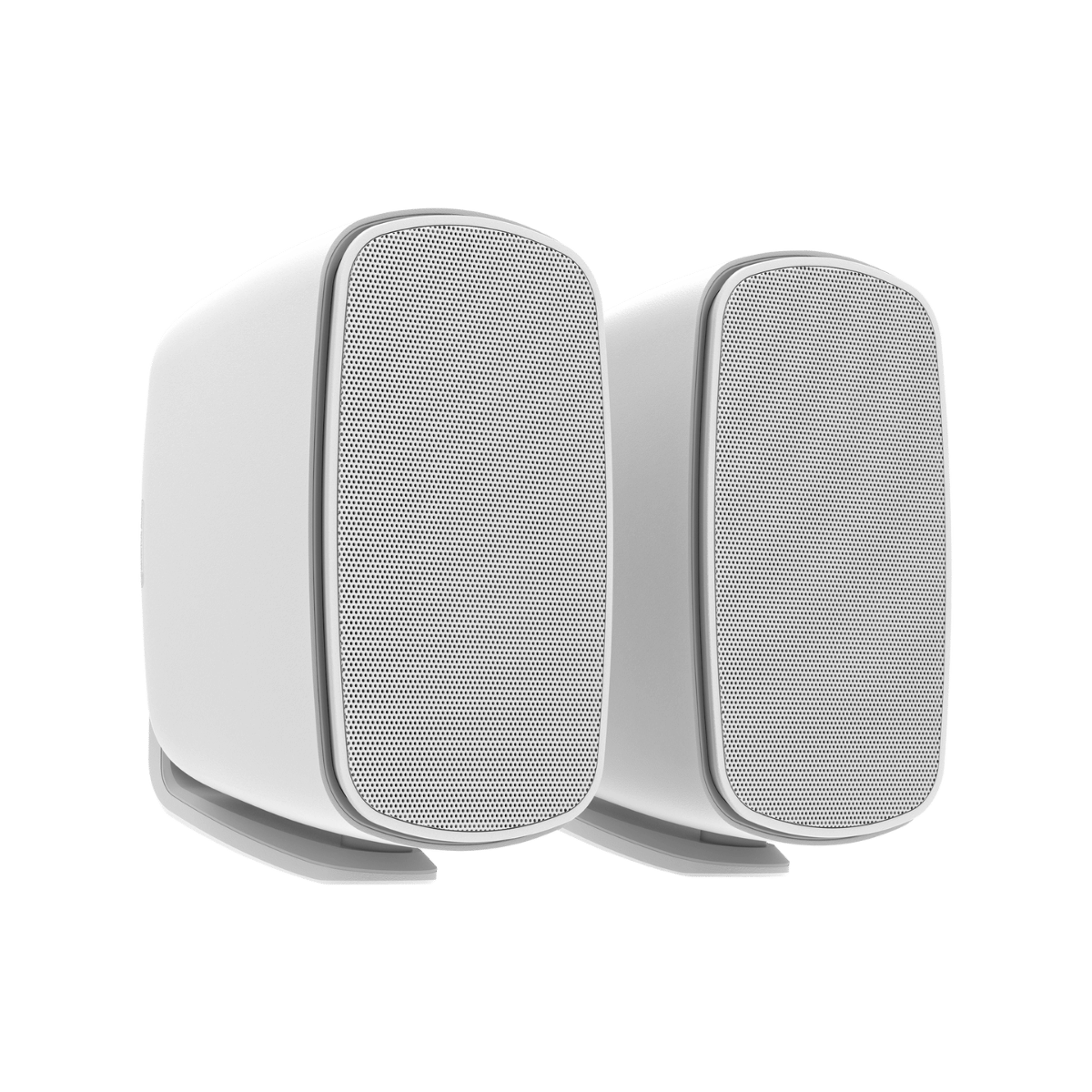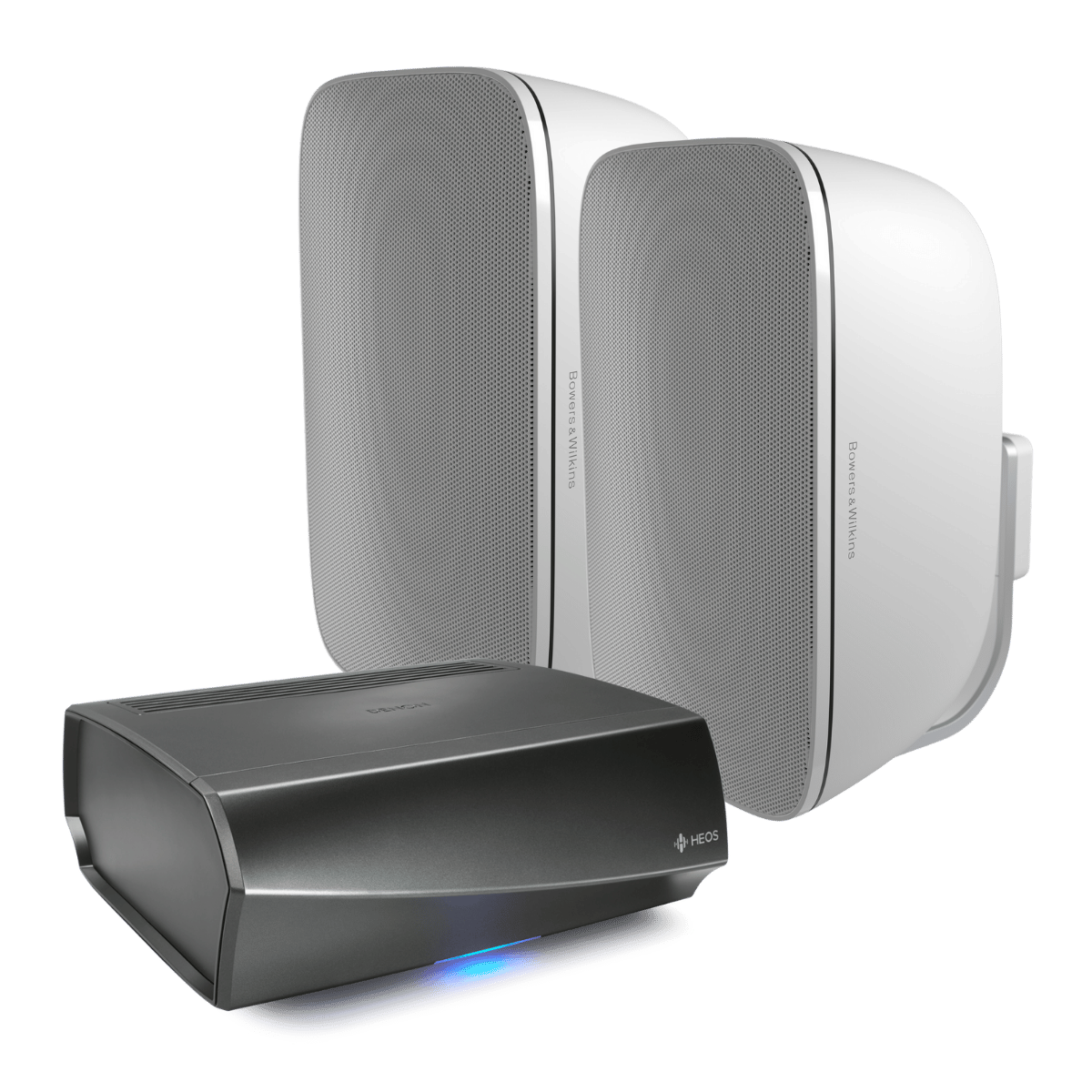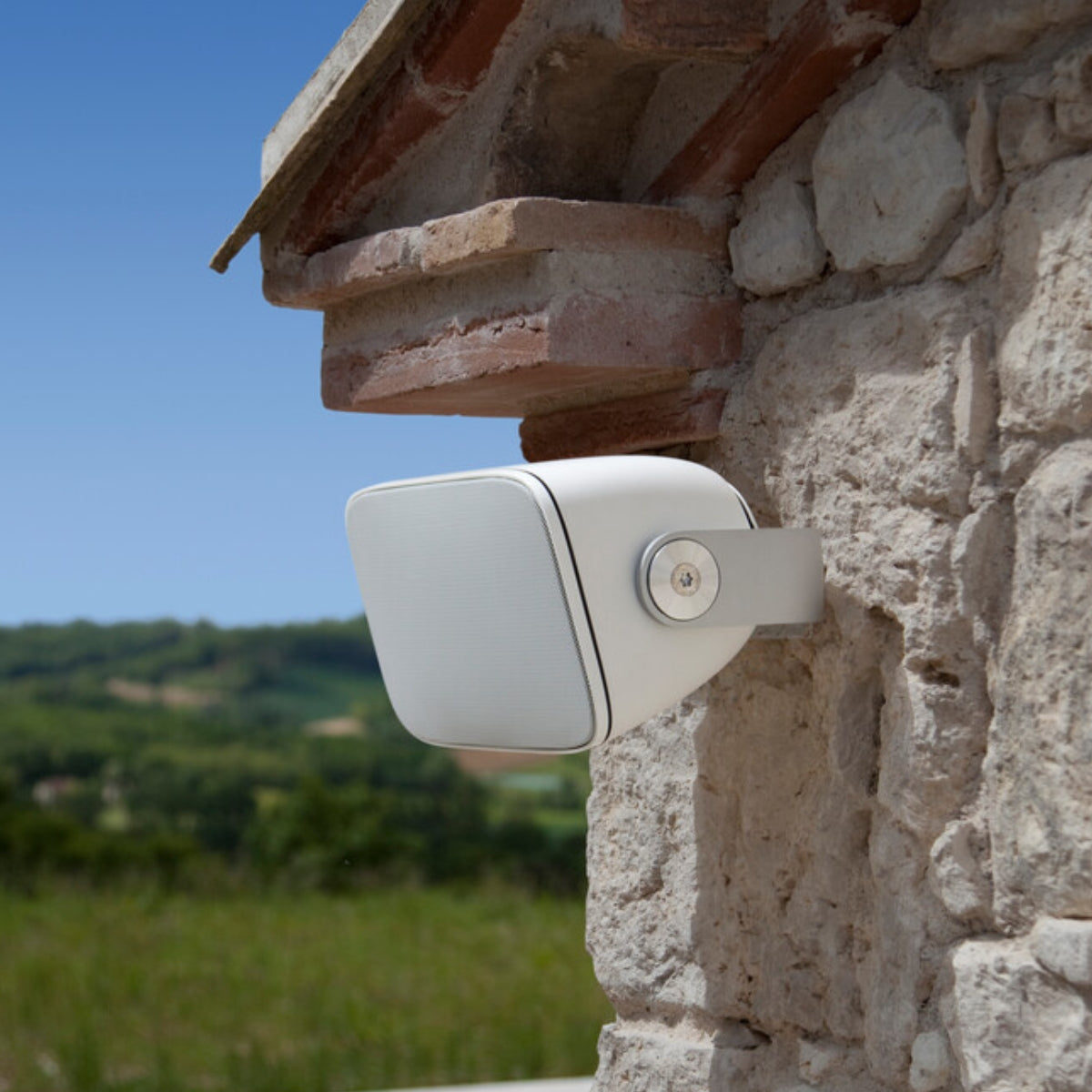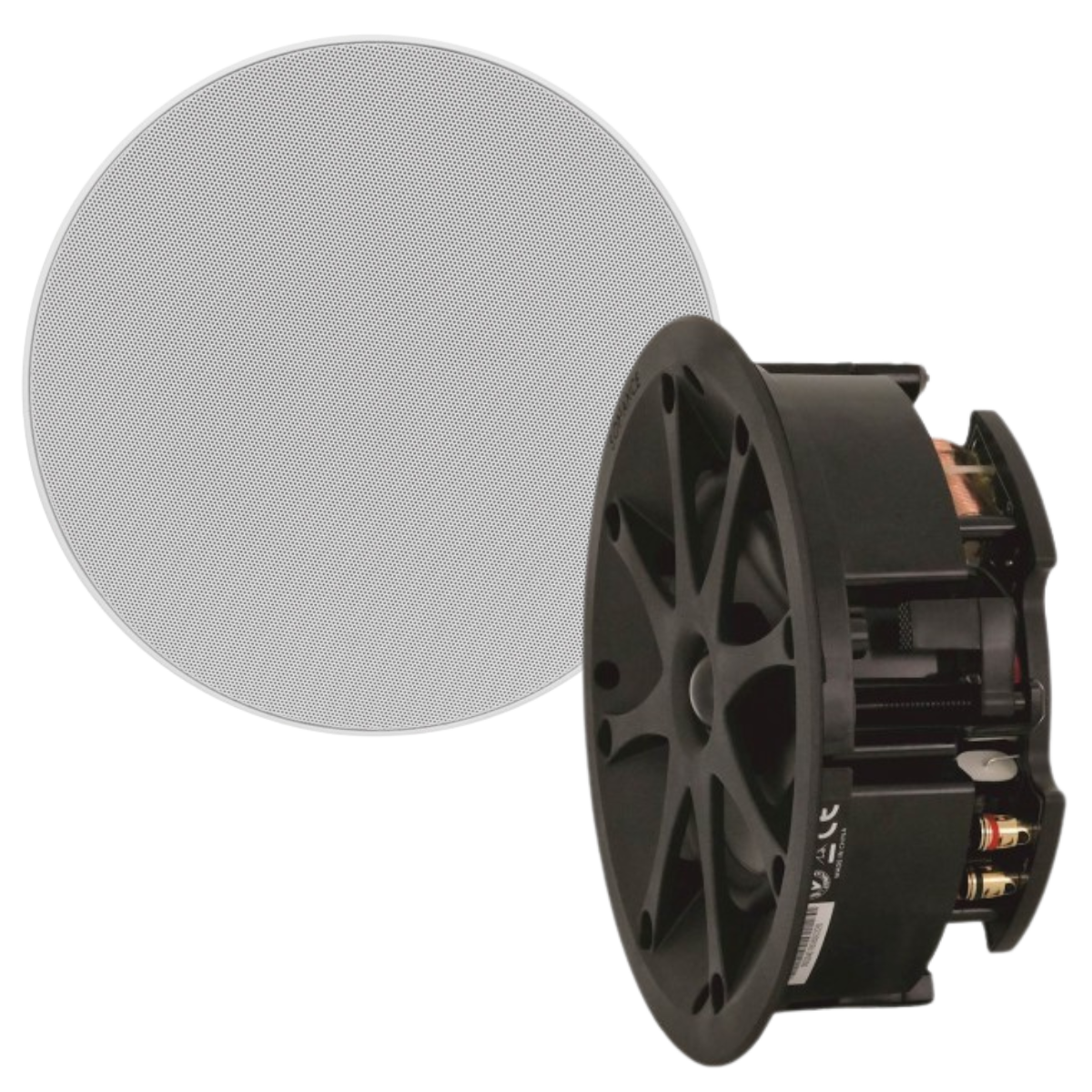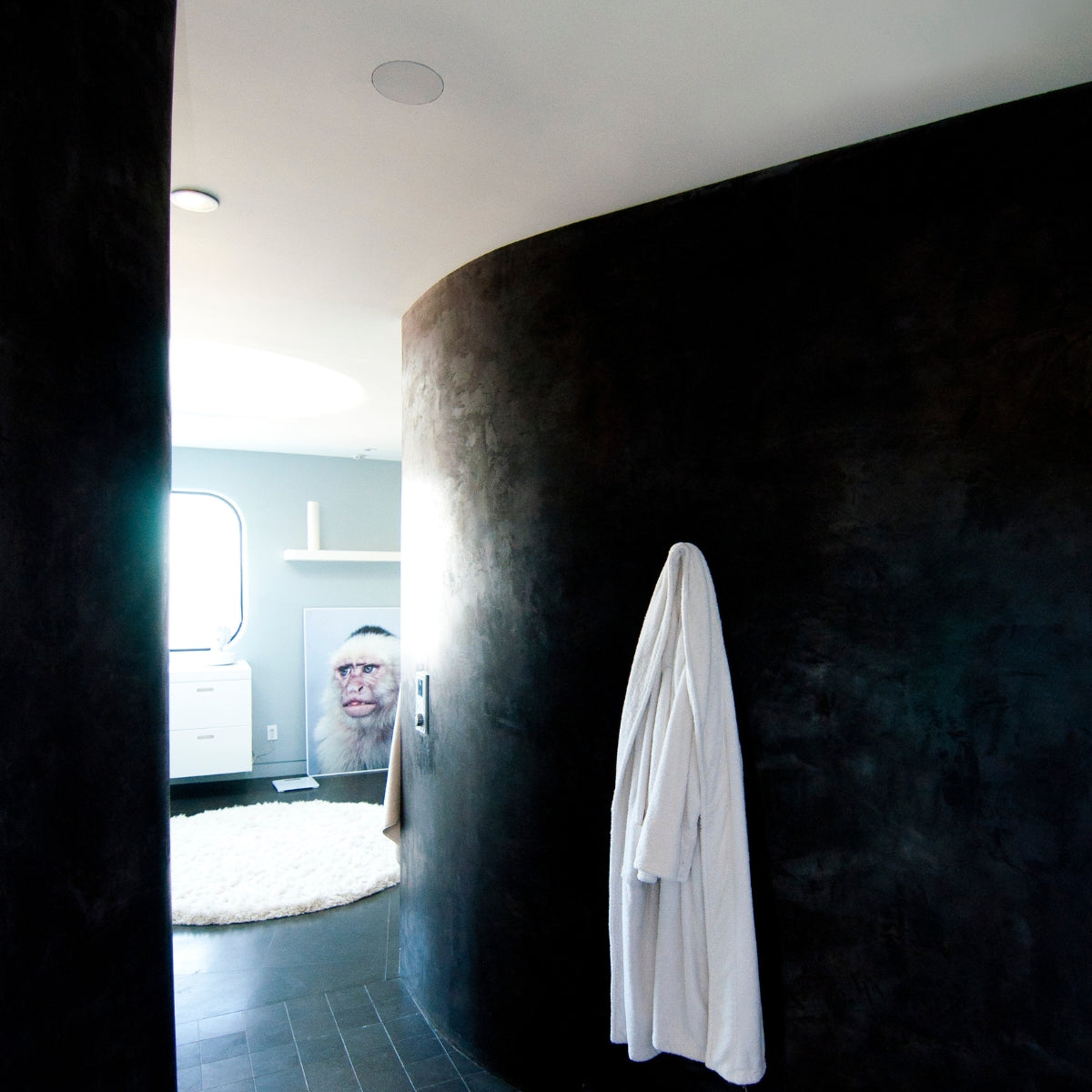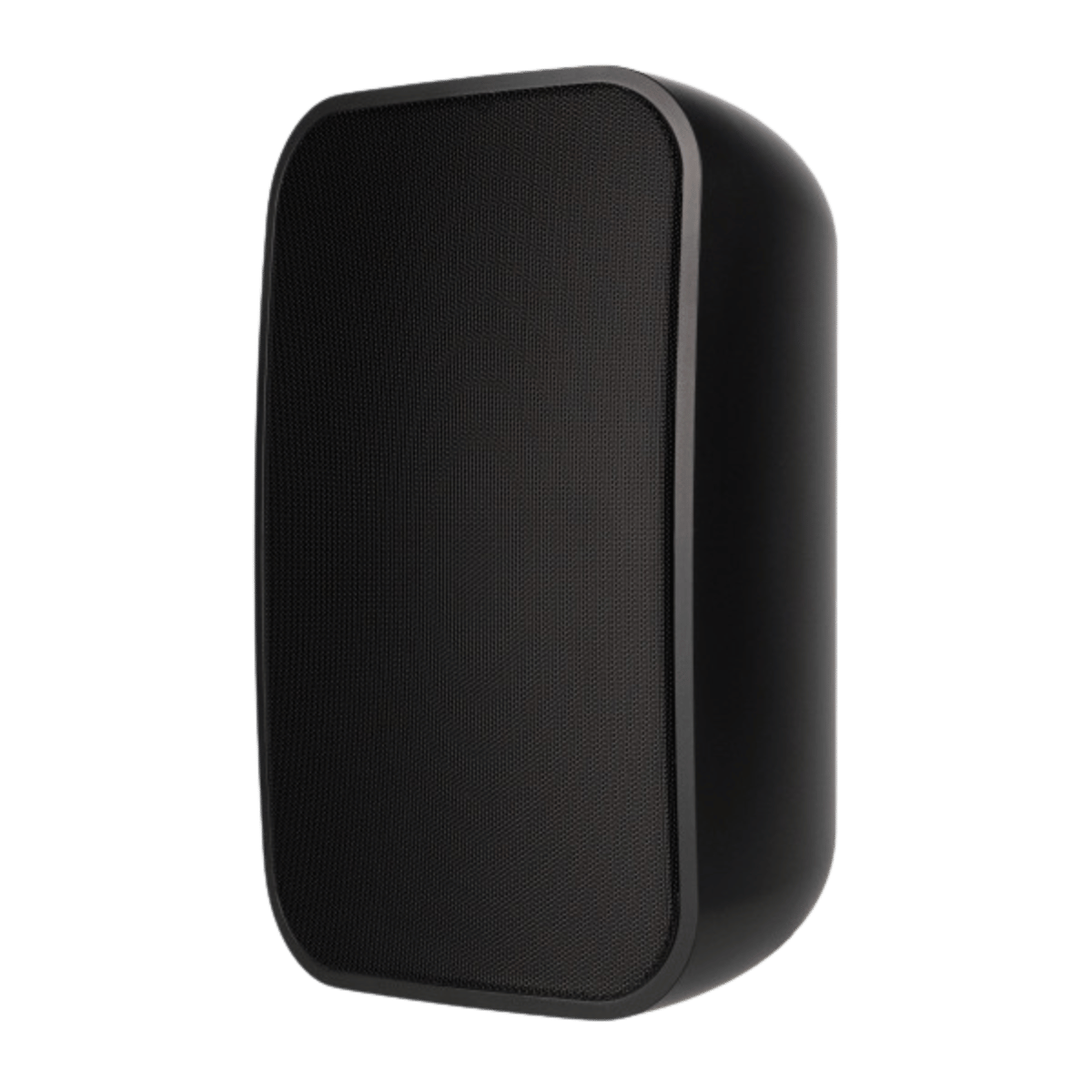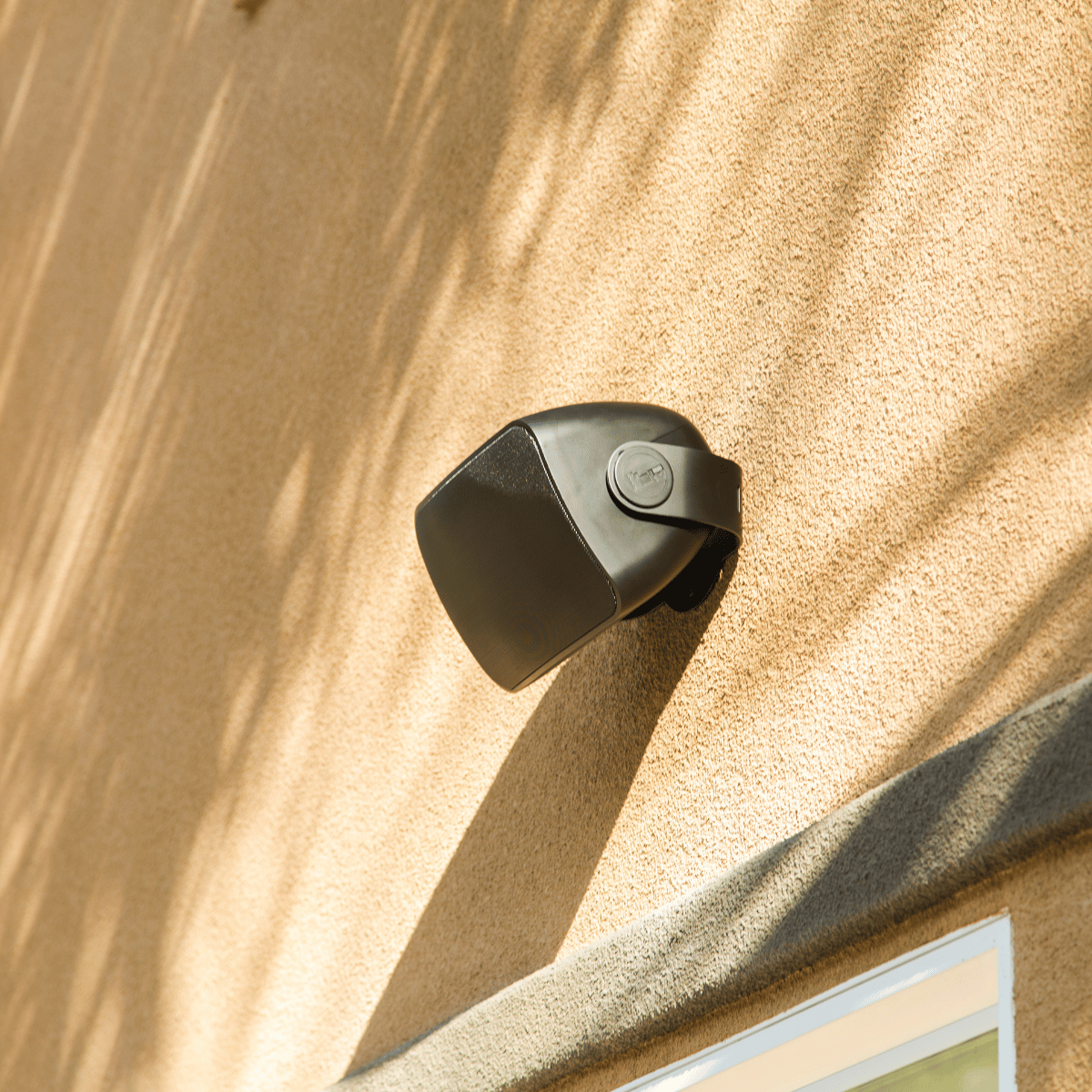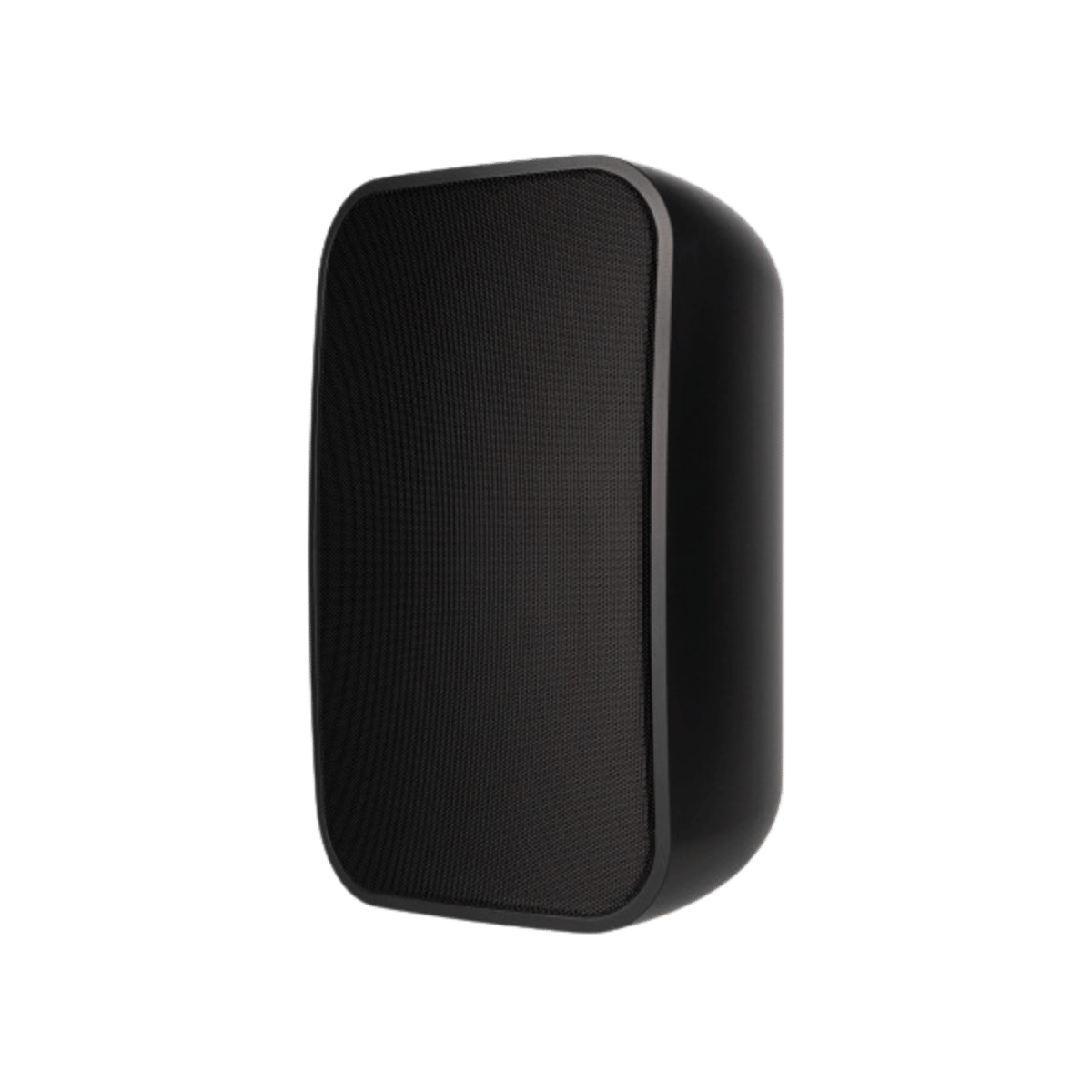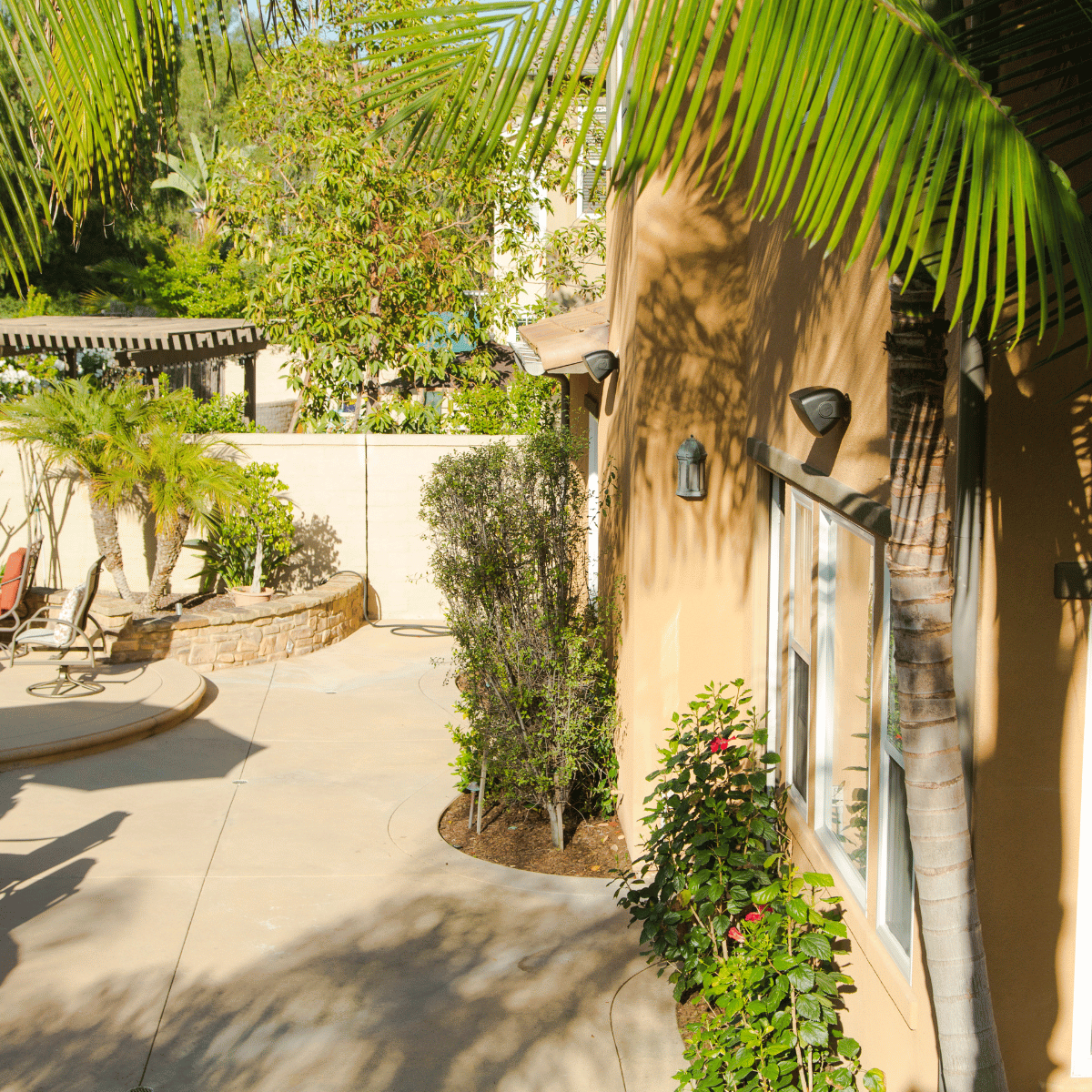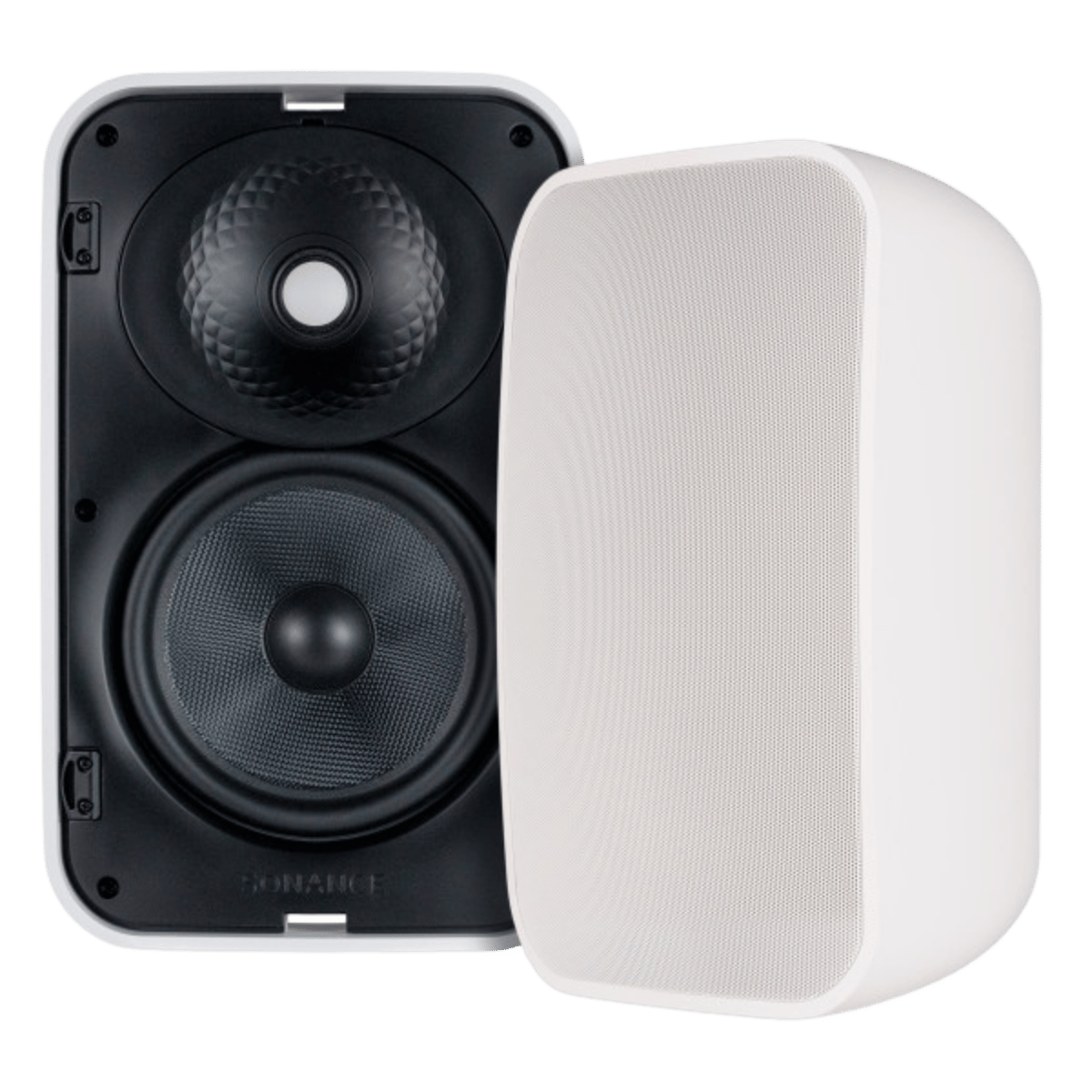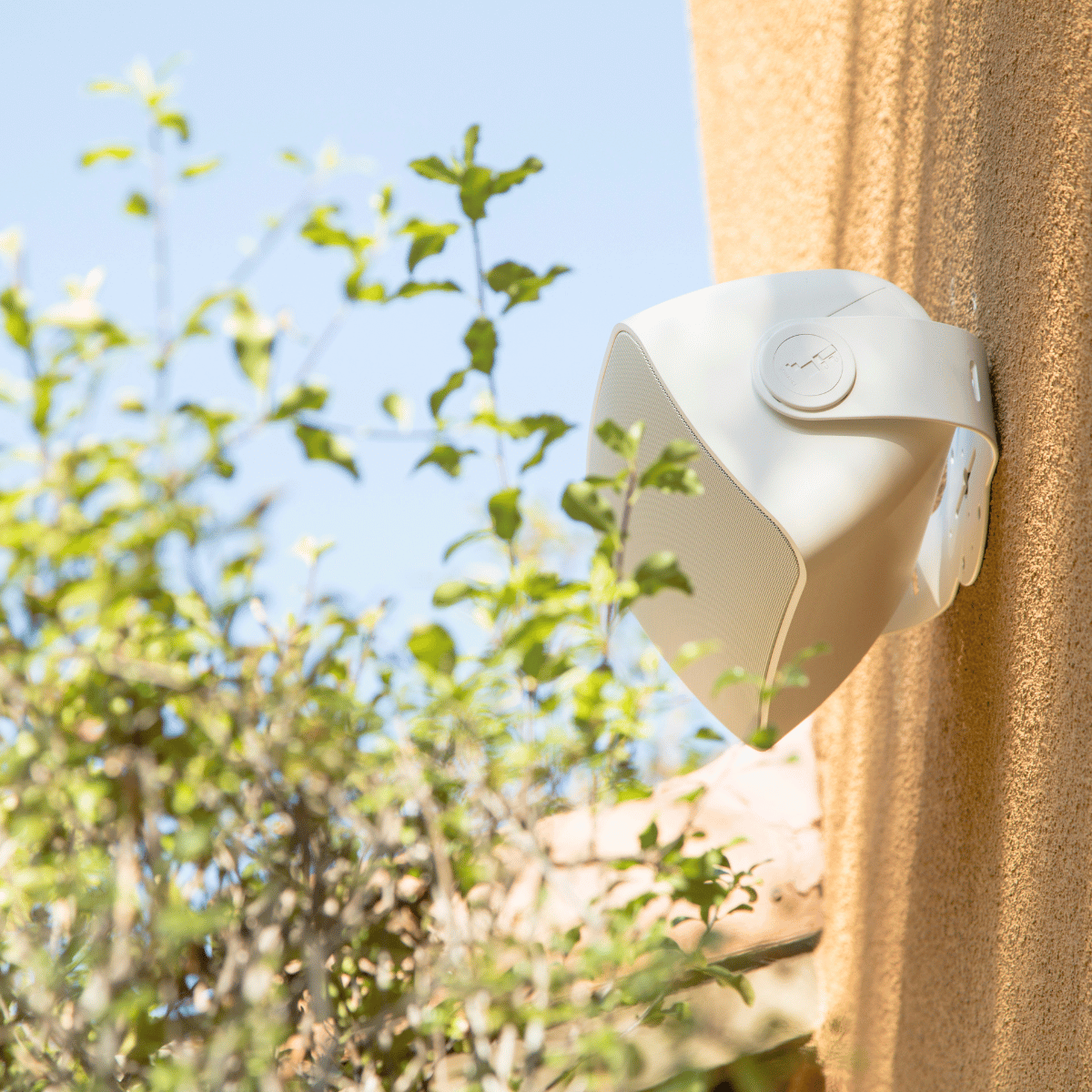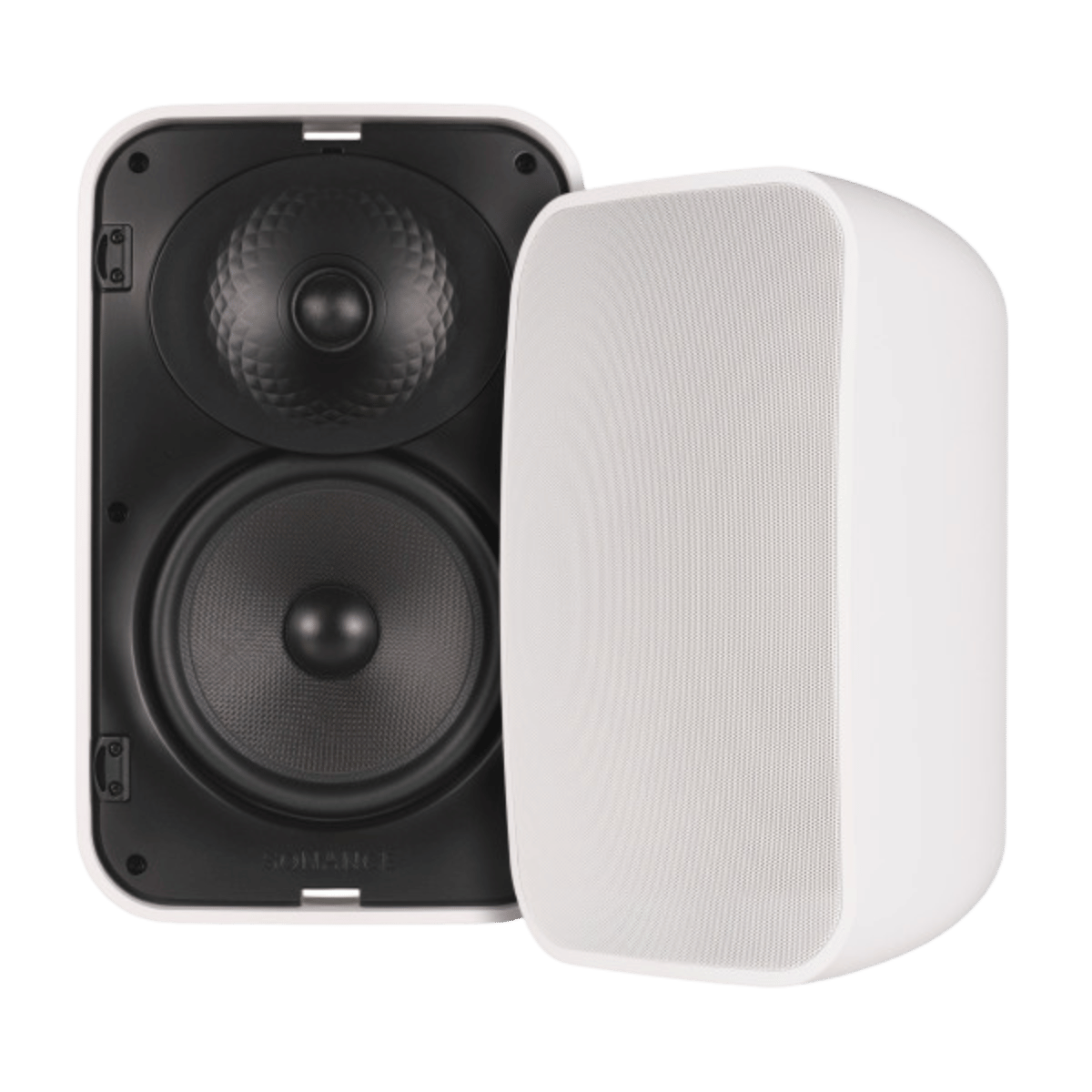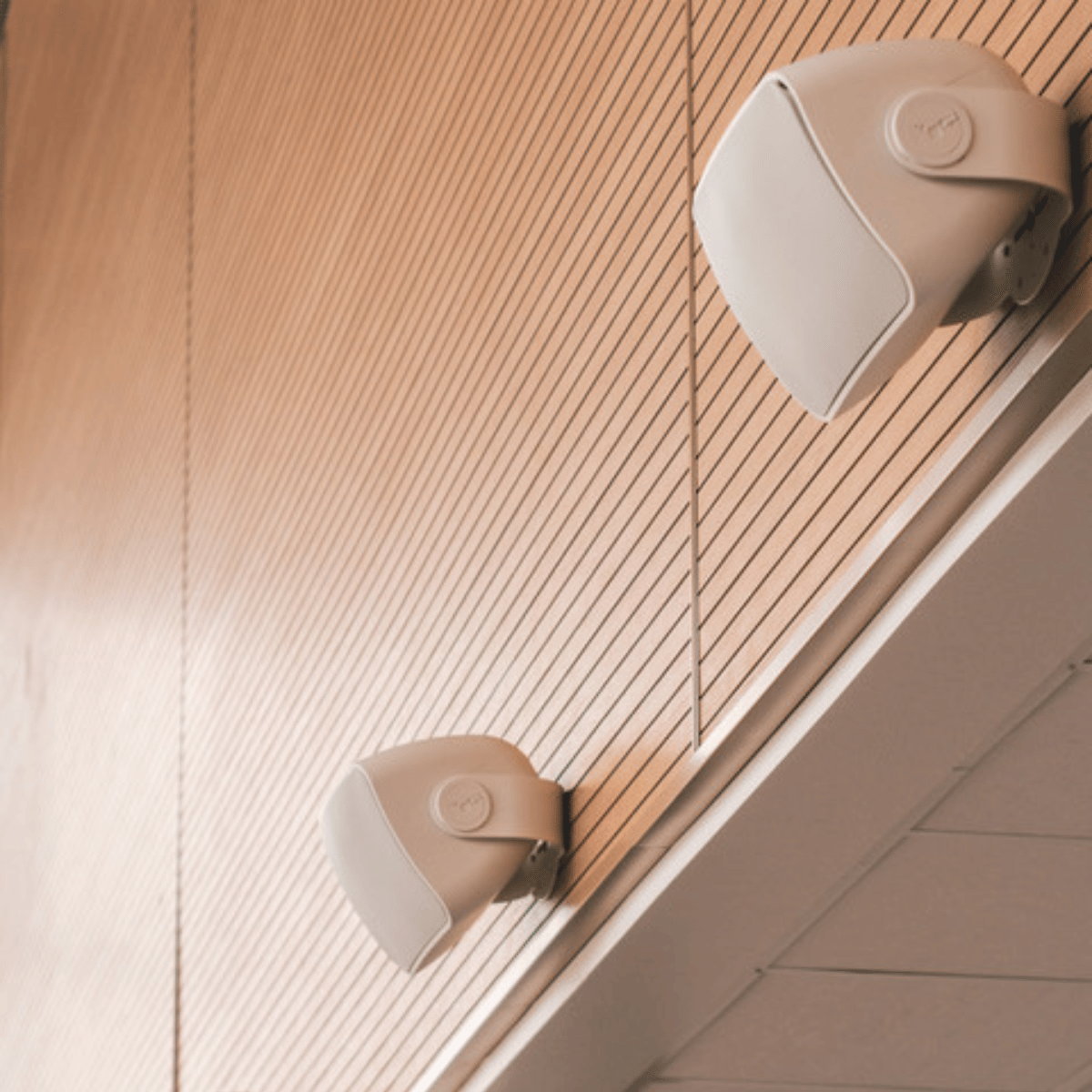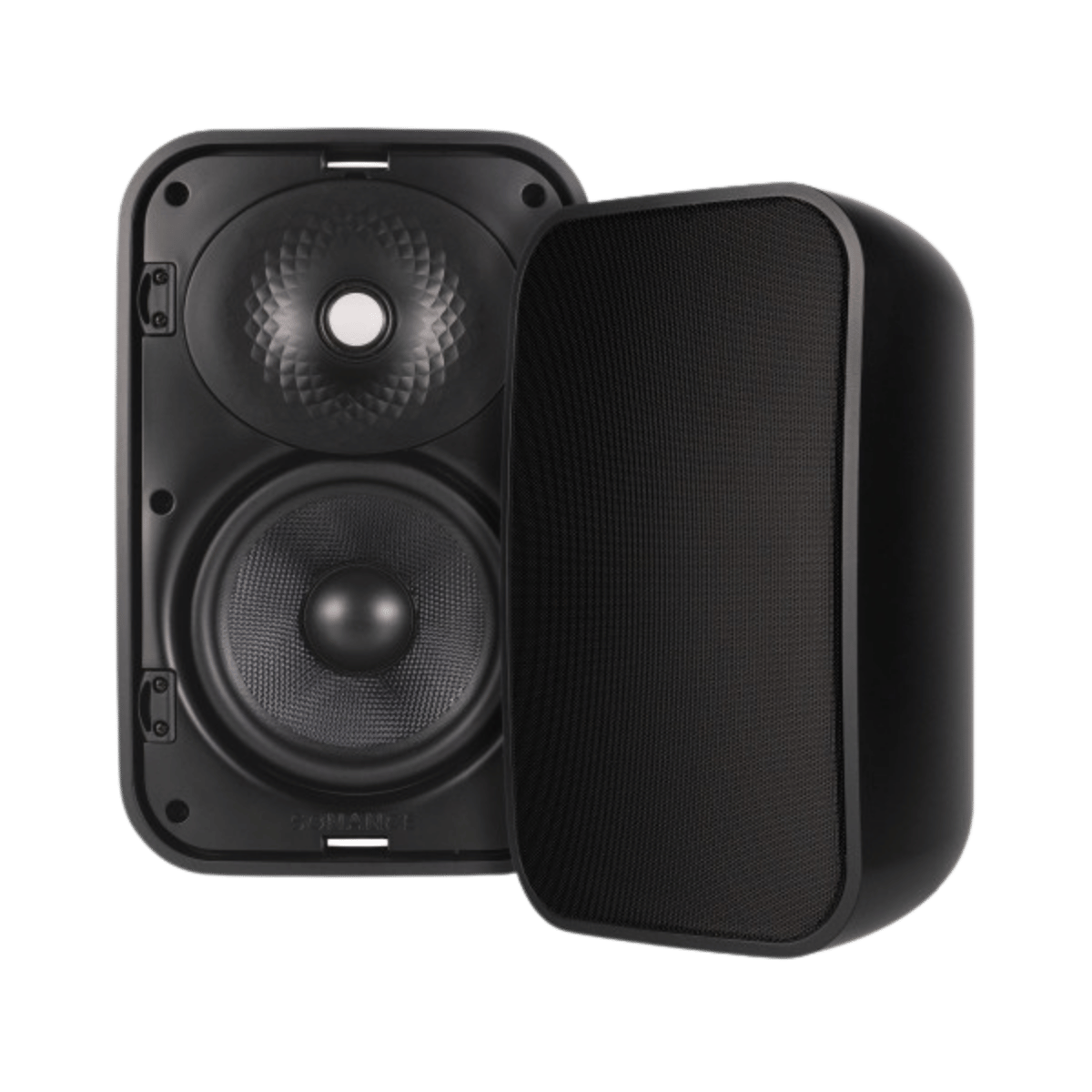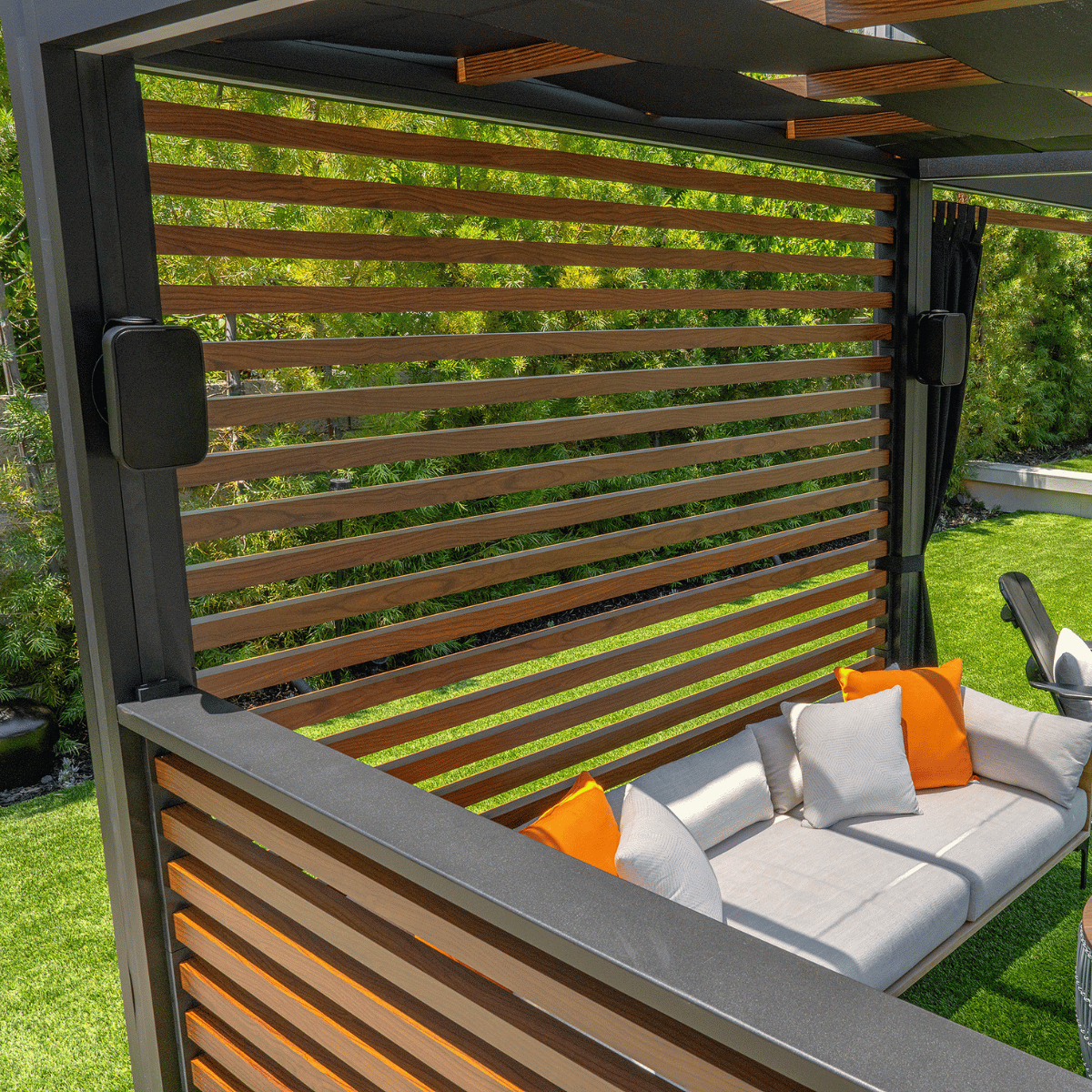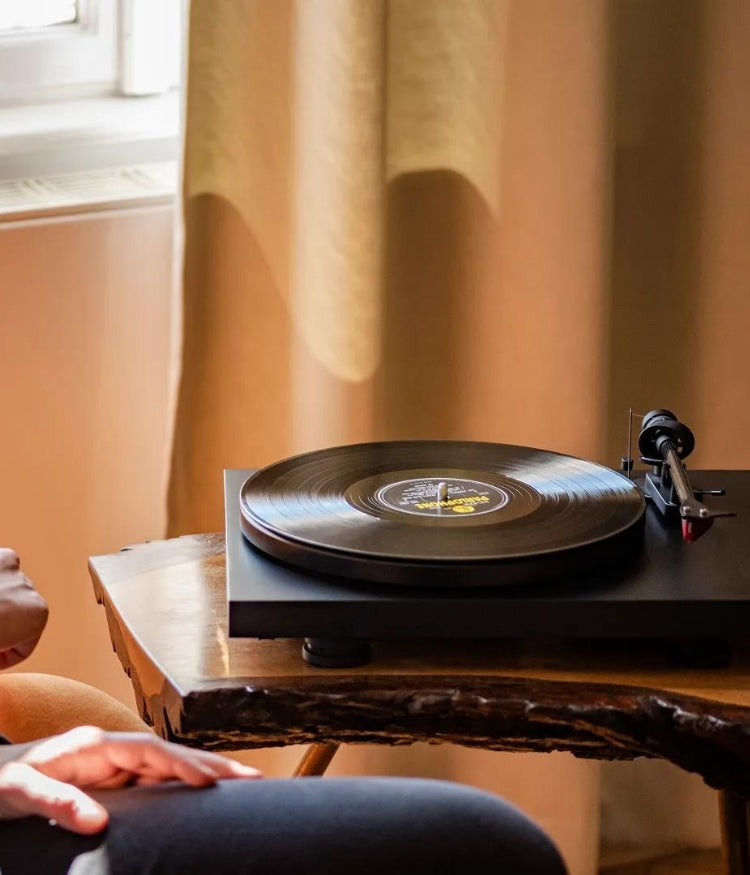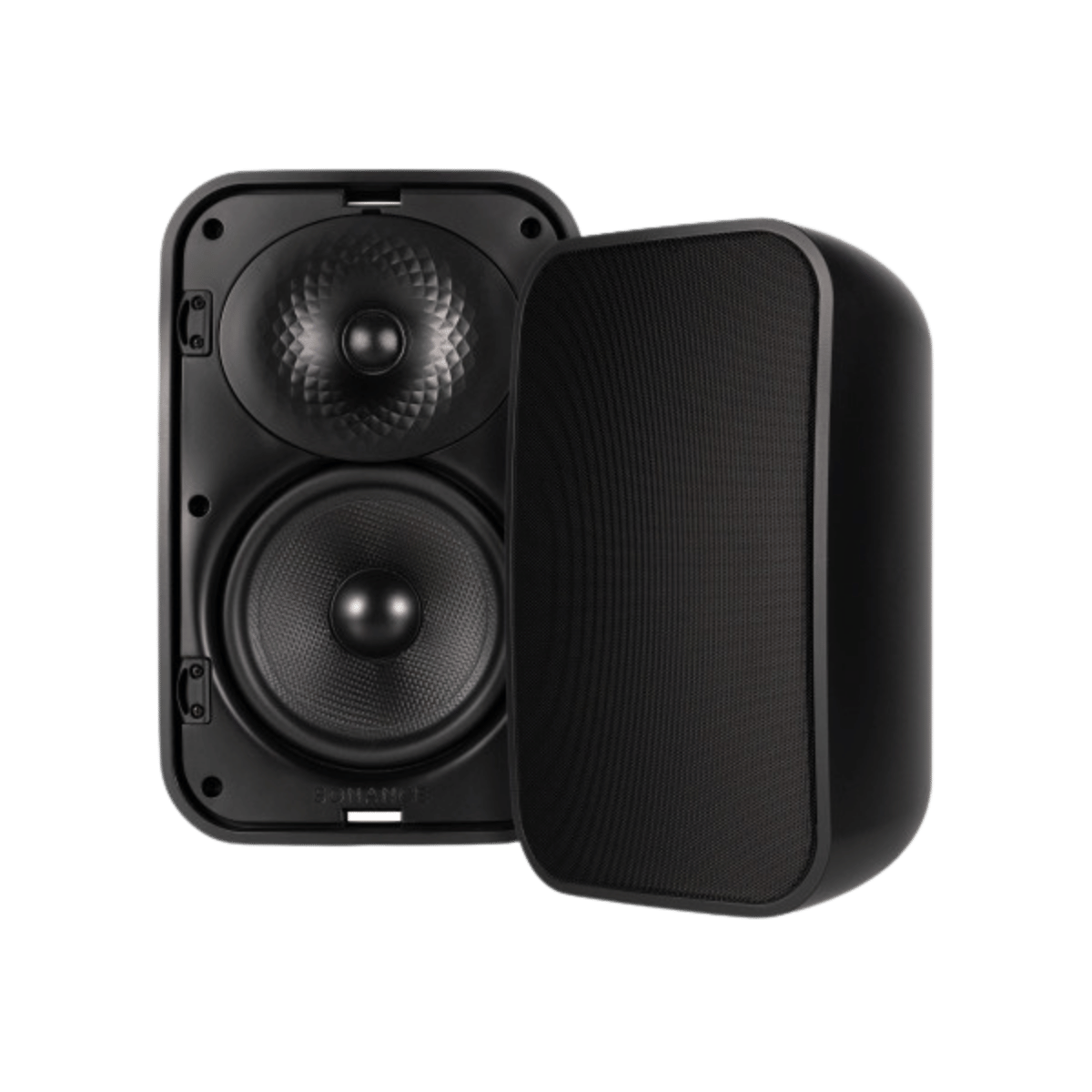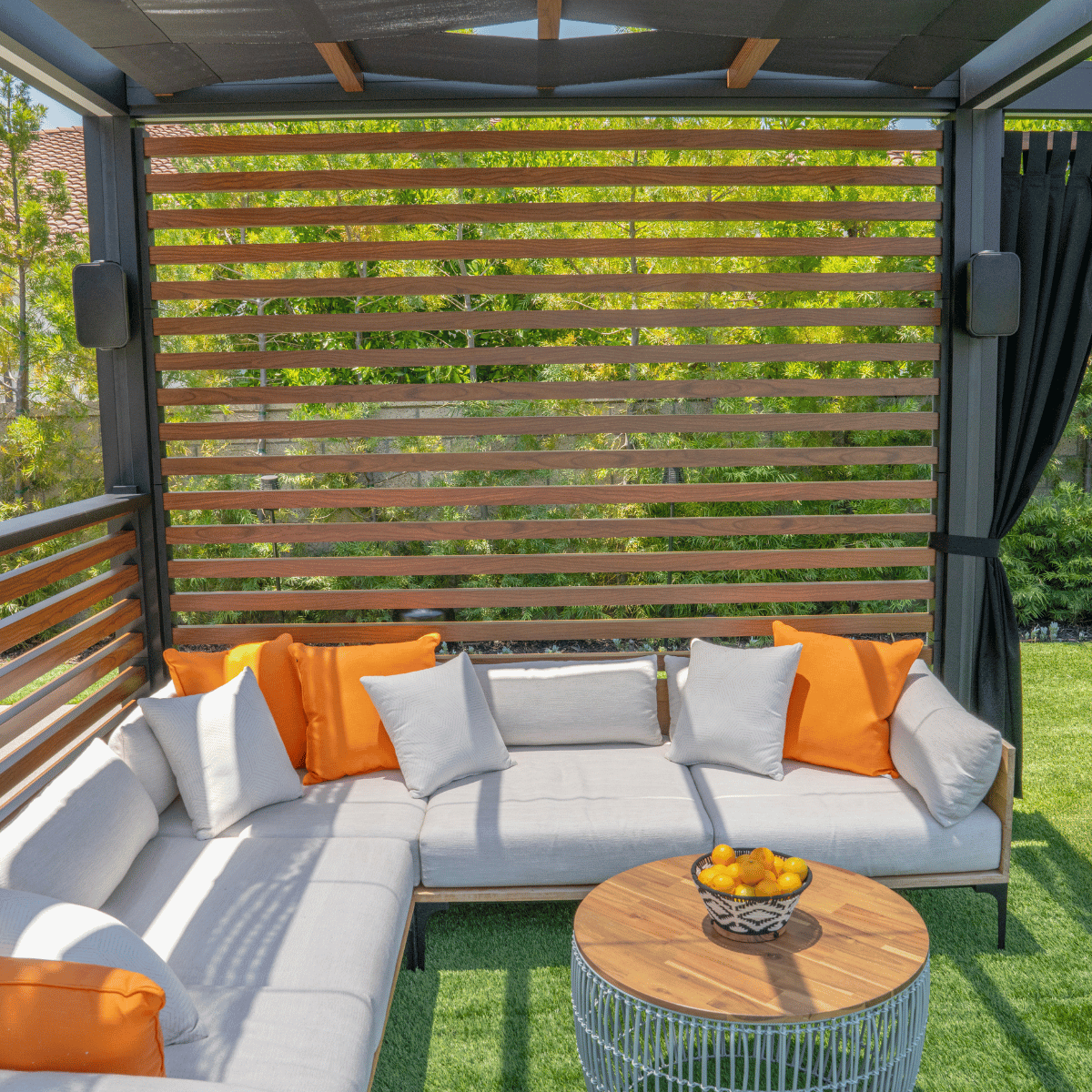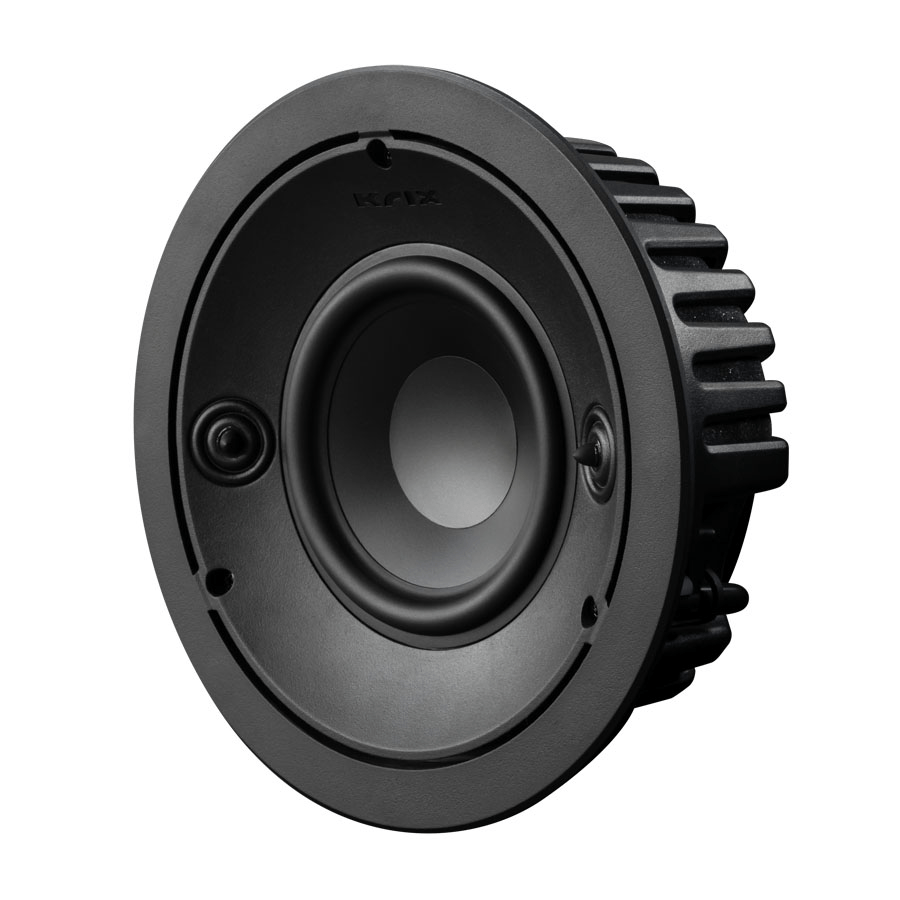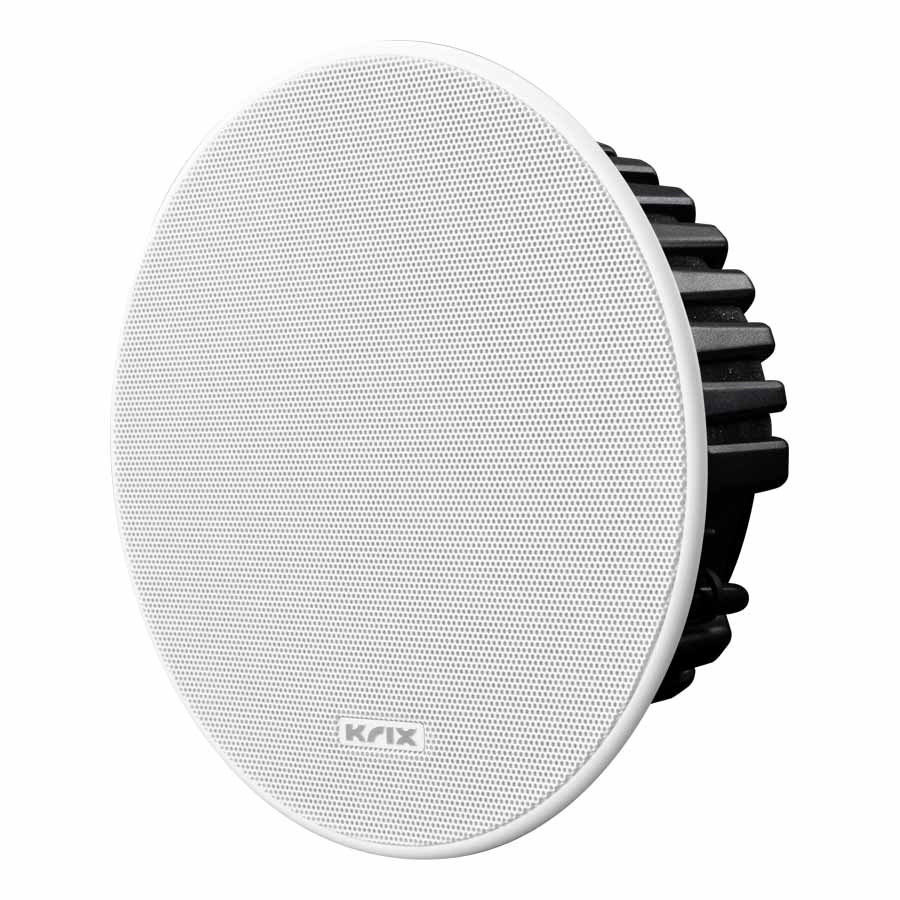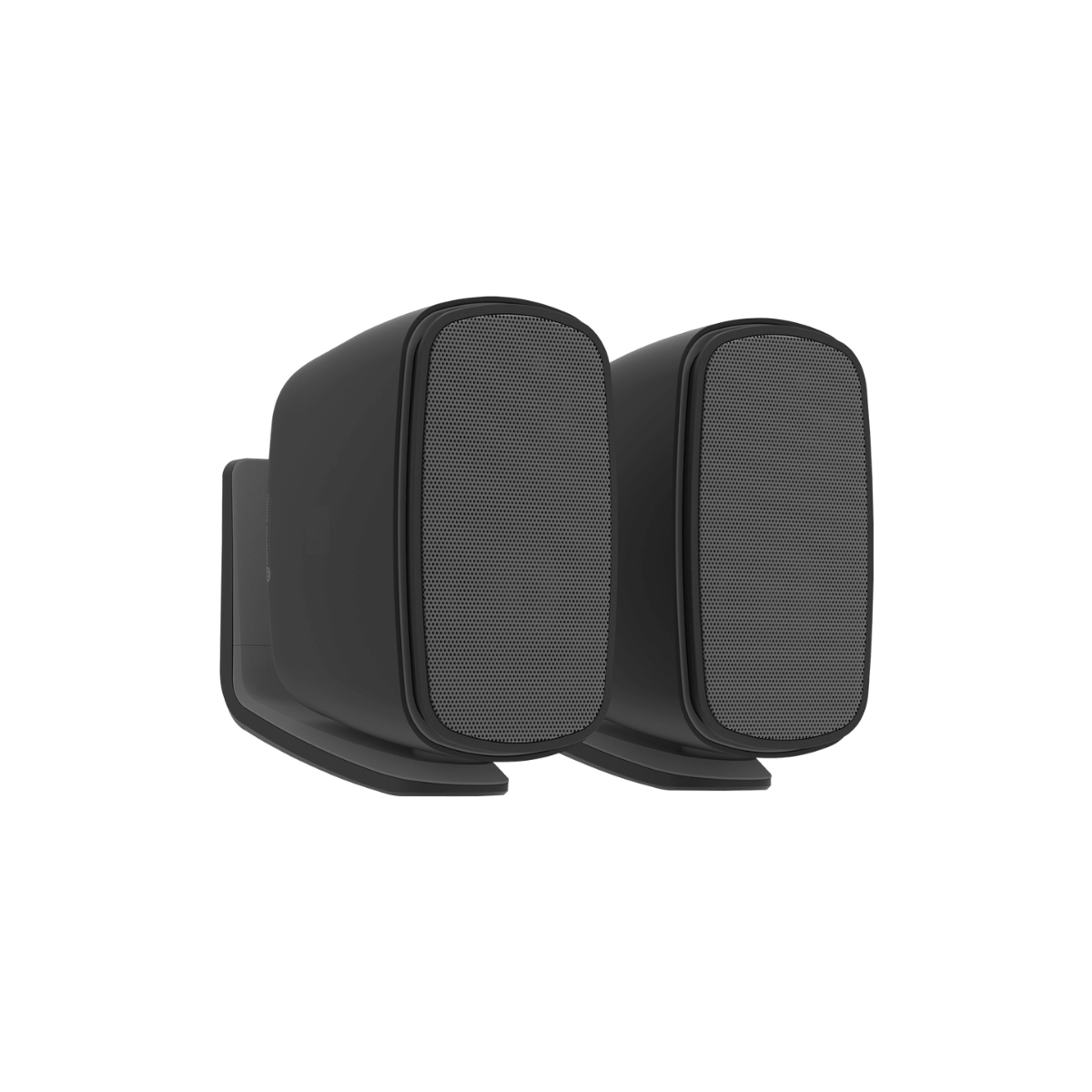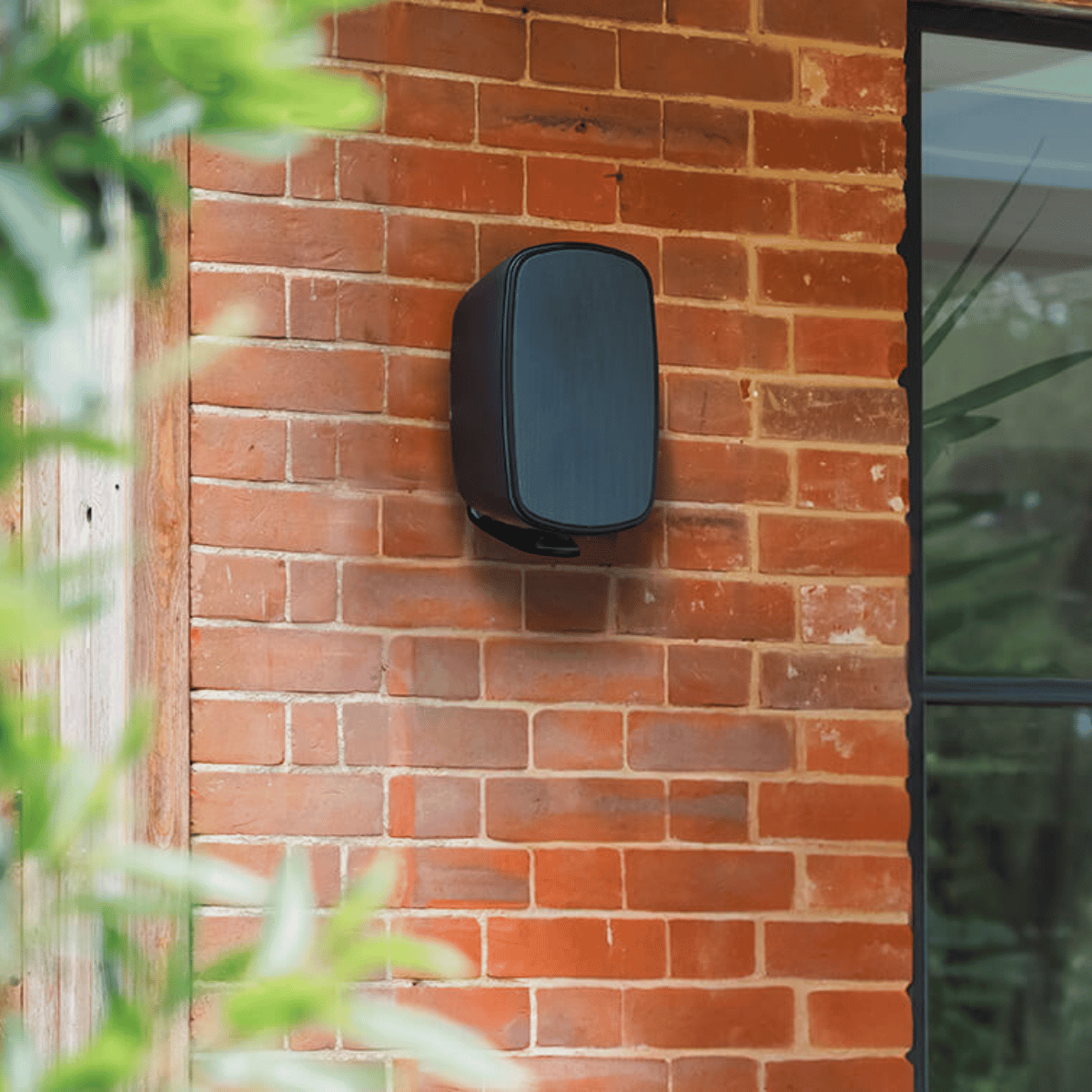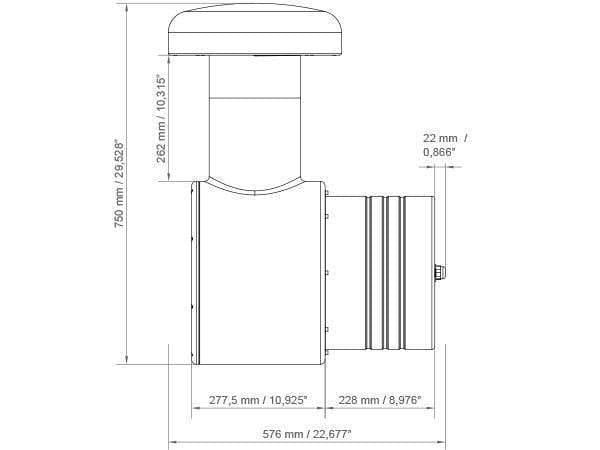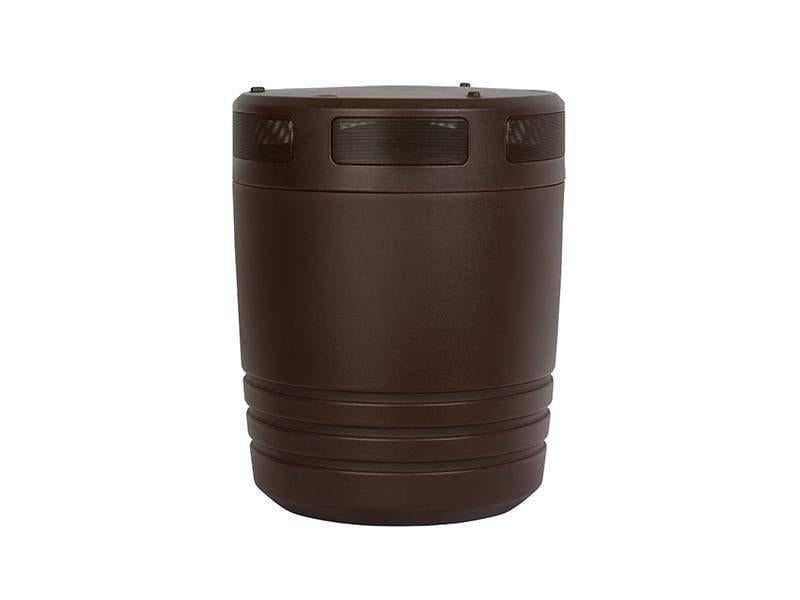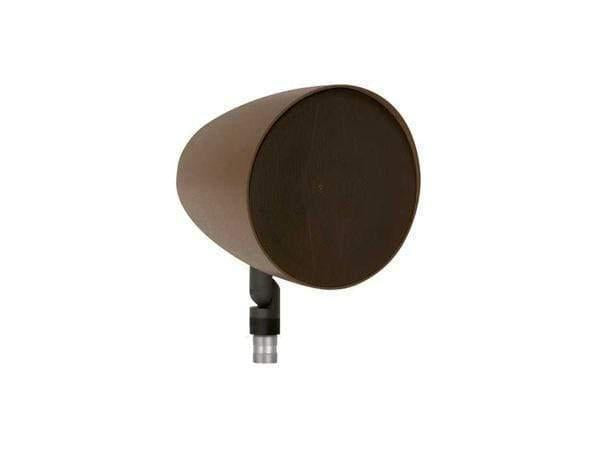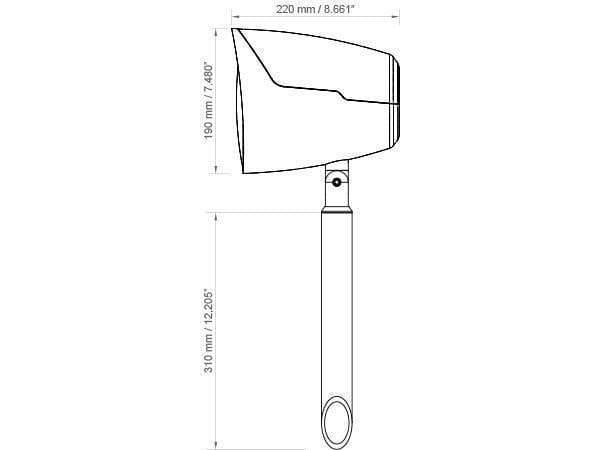
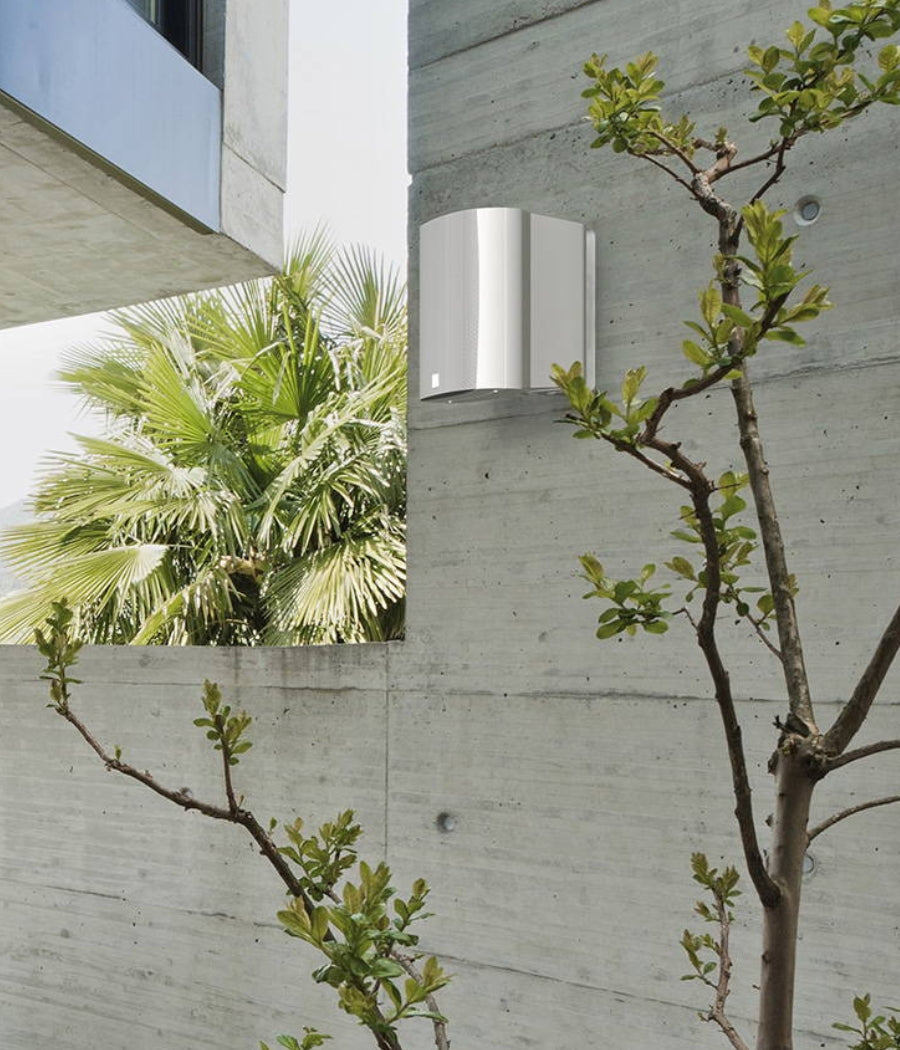
Outdoor Speakers & Subwoofers
Filters
30 products
TELL ME MORE ABOUT
Outdoor Speakers & Subwoofers
Outdoor speakers and subwoofers are designed to bring high-quality audio to your outdoor spaces, enhancing your backyard, patio, or garden with rich, immersive sound. These... Read More
Outdoor speakers and subwoofers are designed to bring high-quality audio to your outdoor spaces, enhancing your backyard, patio, or garden with rich, immersive sound. These speakers are built to withstand the elements, including rain, sun, and extreme temperatures, ensuring durability and reliable performance year-round. Whether you're hosting a lively outdoor party, enjoying a quiet evening on the patio, or creating an ambient atmosphere in your garden, outdoor speakers and subwoofers provide the perfect solution for exceptional audio quality in open-air environments.
What Are Outdoor Speakers and Subwoofers?
Outdoor speakers and subwoofers are specially designed audio equipment built to deliver high-quality sound in outdoor environments. Unlike regular indoor speakers, outdoor speakers are constructed with durable materials that can withstand various weather conditions, including rain, extreme temperatures, and UV exposure. These speakers are typically water-resistant or waterproof, ensuring they remain functional even in adverse weather.
Outdoor speakers come in various shapes and sizes, including wall-mounted models, rock-shaped designs that blend into landscaping, and portable Bluetooth options for flexible placement. They are engineered to produce clear, powerful sound that can cover large open areas, making them ideal for patios, gardens, poolside areas, and other outdoor spaces. The design often includes robust enclosures to protect the internal components from moisture and debris, ensuring long-term durability.
Outdoor subwoofers complement these speakers by providing deep, resonant bass that enhances the overall audio experience. These subwoofers are also built to withstand outdoor conditions, often featuring weather-resistant enclosures and materials. By adding an outdoor subwoofer to your setup, you can enjoy a fuller, more immersive sound that brings music, movies, and other audio content to life.
How to Choose the Best Outdoor Speakers and Subwoofers for Your Needs
Selecting the right outdoor speakers and subwoofers involves considering several factors to ensure you achieve the best audio experience for your outdoor spaces. Here are some key points to guide your decision:
1. Durability and Weather Resistance: Look for speakers and subwoofers specifically designed for outdoor use, with weather-resistant or waterproof features. Check for materials that can withstand rain, sun, extreme temperatures, and UV exposure, ensuring longevity and reliable performance in all conditions.
2. Sound Quality and Coverage: Consider the size of your outdoor area and the sound coverage you need. Larger spaces may require more powerful speakers or multiple units to ensure even sound distribution. Pay attention to the speaker’s wattage, frequency response, and sensitivity to ensure they deliver clear, balanced audio.
3. Installation and Placement: Decide whether you want wall-mounted, ground-mounted, or portable speakers. Wall-mounted speakers provide a permanent solution, while portable options offer flexibility. Ensure that the placement allows for optimal sound dispersion and that the speakers blend well with your outdoor decor.
4. Connectivity and Compatibility: Check the connectivity options, such as wired or wireless (Bluetooth or Wi-Fi) capabilities. Ensure the speakers and subwoofers are compatible with your existing audio system or other devices you plan to use.
5. Aesthetics and Design: Choose designs that complement your outdoor space. Options range from sleek, modern speakers to rock-shaped models that blend into landscaping. The design should match your aesthetic preferences while delivering the desired audio performance.
6. Budget: Set a budget and compare options within your price range. Higher-end models often offer superior sound quality and durability, but there are excellent choices available at various price points.
What Are the Key Differences Between Different Types of Outdoor Speakers and Subwoofers?
Outdoor speakers and subwoofers differ primarily in design, installation method, and performance capabilities. Wall-mounted speakers are fixed in place for permanent setups, while portable speakers offer flexibility and mobility. Some speakers are camouflaged as rocks or garden fixtures to blend seamlessly into landscaping. Performance varies with power output, frequency response, and sound dispersion, affecting how well they cover large areas. Subwoofers can be passive, requiring an external amplifier, or active, with built-in amplification. Weather resistance also varies, with some models being fully waterproof and others only weather-resistant, impacting their durability in different outdoor conditions.
Some Quick FAQ:
Can outdoor speakers be left outside year-round?
Yes, outdoor speakers designed for weather resistance can be left outside year-round. However, it’s advisable to cover them or bring them inside during extreme weather conditions to prolong their lifespan.
How do I power my outdoor speakers?
Outdoor speakers can be powered using wired connections to an amplifier or AV receiver. Some models also offer wireless options with built-in batteries or solar power for added convenience.
Do I need a special amplifier for outdoor speakers?
You don't necessarily need a special amplifier, but ensure your amplifier matches the power requirements and impedance of your outdoor speakers. This ensures optimal performance and avoids damage to the speakers.
How far apart should I place my outdoor speakers?
Placement depends on your outdoor area size and shape, but generally, speakers should be spaced 10-20 feet apart for even sound coverage. Experiment with placement to find the best sound dispersion for your space.
Can I use indoor speakers outside temporarily?
Using indoor speakers outside temporarily is possible, but it's not recommended as they lack weather resistance. Exposure to moisture and temperature changes can damage indoor speakers.
Final Thoughts
Choosing the right outdoor speakers and subwoofers can transform your outdoor spaces into vibrant entertainment areas with high-quality sound. By considering factors such as durability, sound quality, installation, connectivity, and design, you can find the perfect audio solutions to meet your needs. Whether you’re hosting gatherings, enjoying a quiet evening, or enhancing your outdoor ambience, our collection of outdoor speakers and subwoofers offers a range of options to suit various preferences and budgets.
NEED MORE GUIDANCE?
We are here to help
Check out some of our most commonly asked questions.
What do I need to play records?
Getting into vinyl? That’s awesome! We have some curated turntable Hi-Fi packs, with everything you'll need to get spinning right away. But if you want to build your own, read on for all the details.
First off, you'll need a turntable. It's the star of the show, so make sure it’s in good nick, with a decent cartridge and stylus (needle).
Next, there’s the phono preamp. Some turntables or amplifiers come with one built-in, but if yours doesn’t, you’ll need one as a bridge between your turntable and amplifier or powered speakers.
For the sound output, you’ve got two options. You can go with a traditional setup involving an integrated amplifier to take the signal from your phono preamp and power your passive speakers. Alternatively, you can opt for powered speakers, which have the amplifier built in – a handy all-in-one solution.
Speaking of speakers, good ones are a must for that rich, warm vinyl sound we all love. Whether you go for bookshelf or floorstanding speakers (or powered ones) depends on your space and budget.
And there you go! With these essentials, you’ll be ready to dive into your vinyl collection and enjoy that classic sound.
What can a wireless speaker do?
Wireless speakers are a game-changer for how you enjoy music and audio around the house. First off, they let you stream music wirelessly from your phone, tablet, or computer, so no more messing about with cables. You can easily play tunes from Spotify, Apple Music, Tidal or whatever streaming service you fancy.
If you’re into having music everywhere, many wireless speakers offer multi-room audio. You can sync them up to play the same music in every room or control what plays in each room individually, perfect for parties or just keeping the vibes consistent throughout your home.
Voice control is another brilliant feature. Many come with built-in assistants like Alexa, Google Assistant, or Siri. You can control your music with just your voice, ask for the weather, set reminders, or even control other smart home devices.
Sound quality? These little gadgets often pack a punch, delivering high-quality audio that can rival traditional wired setups. Some even offer 360-degree sound, filling the room with music from every angle.
In a nutshell, wireless speakers bring flexibility, convenience, and top-notch sound to your audio experience, making them a fantastic addition to any home. Whether you’re hosting a party, working from home, or just chilling out, they make listening to music a breeze.
How do you choose the right speaker & amplifier combination?
Deciding on a good speaker and amplifier combination is like putting together a perfect wine and cheese pairing—it’s all about balance and harmony. Here’s a conversational guide to help you through it:
First, consider your speakers. These are your main players, so you want to choose ones that fit your space and listening preferences. If you love deep bass and have a bit of room, floorstanding speakers might be your go-to. For smaller spaces or a more subtle look, bookshelf speakers are fantastic.
Now, onto the amplifier. This is where things get interesting. Your amp needs to match your speakers in terms of power and impedance. Check the wattage ratings on your speakers—your amplifier should provide enough power to drive them properly. Too little power and you’ll be missing out on sound quality; too much, and you risk damaging your speakers.
Next, think about the impedance (measured in ohms). Your amp and speakers should be compatible here too. Most speakers are rated at 8 ohms, but some can be 4 or 6. Make sure your amplifier can handle the impedance of your speakers to avoid any performance issues.
Another important factor is the type of sound you’re after. Some amps are known for their warm, rich tones, while others might be more neutral or even slightly bright. It’s a bit like choosing between a vinyl record and a digital stream or CD —each has its own charm. If possible, listen to different amp and speaker combinations to see what sounds best to your ears.
If purchasing online, note that at LE, we have made recommendations on speaker & amplifier combinations that we think sound wonderful together within each product listing.
Don’t forget about connectivity and features. Modern amplifiers often come with a host of options like Bluetooth, Wi-Fi streaming, and various inputs for all your devices. Make sure your amp has the inputs you need for your turntable, CD player, or streaming device.
Finally, consider your budget. Great sound doesn’t always mean breaking the bank, but be prepared to invest to get a quality setup that will last.
In the end, trust your ears. Listen to a few combinations if you can, and go with what makes your music sound the best to you.
Why do I need a headphone amplifier?
If you’re diving into the world of high-quality audio, a headphone amplifier can be a real game-changer. Think of it like this: most standard devices, like your smartphone or laptop, just don’t have the oomph needed to drive headphones properly. They might get the job done, but they won’t do your music justice. A headphone amp gives your headphones the power they need, ensuring you get the volume and clarity that really makes your music shine.
It’s not just about making things louder, either. A good headphone amp can significantly improve sound quality. You’ll get clearer highs, richer mids, and tighter bass, making your favourite tracks sound even better. You might notice details you’ve never heard before, especially if you’re listening to high-resolution audio files.
Premium headphones often have higher impedance, meaning they require more power than your typical audio source can provide. A headphone amp can handle this with ease, making sure your headphones perform at their absolute best. Plus, many amps come with extra features like bass boost, equalisation, and gain control, giving you more ways to tweak the sound to your liking.
In short, if you’re passionate about your music and want to hear it in the best possible way, a headphone amplifier is definitely worth considering. It’s all about unlocking the full potential of your gear and really getting the most out of your listening experience.
Where should I start when designing a home cinema?
Designing your own home cinema? That's awesome! We are here to help walk you through the process, but as a starting point, here’s what we would recommend and where to kick things off:
First up, pick your spot. For most people this is your existing lounge room, but if you have an underused garage, or spare bedroom, then you have an opportunity to create your very own true Home Cinema experience. Find a room that’s just right—not too cramped and ideally away from noisy areas. This sets the stage for that immersive movie experience.
Next, think about how you’ll set things up. Plan where your seats will go and where to place your projector screen for the best view from every angle. It’s all about creating that comfy, cinematic vibe.
Sound matters, too. Consider if you want a wireless system for simplicity or a full surround sound speaker system with AV receiver for that surround-sound thrill. Think about soundproofing or adding acoustic panels or thick carpets to really amp up the audio quality of the room.
Now, onto the screen. Decide between a crisp TV or a projector setup, depending on your room size and personal style. Maybe even throw in some dimmable lights or smart lighting to set the mood just right.
And hey, don’t forget comfort. Invest in plush cinema seating and think about the décor—whether it’s movie posters, blackout curtains, or popcorn machine & bar area, whatever gives you that true cinema feel.
Lastly, tech it up! Make sure everything—from your Blu-Ray player & Apple TV to your gaming consoles—is set to sync perfectly with your new setup.
With these steps, you’re on your way to creating a home cinema that’s not just a space, but an experience. Enjoy movie nights like never before!

